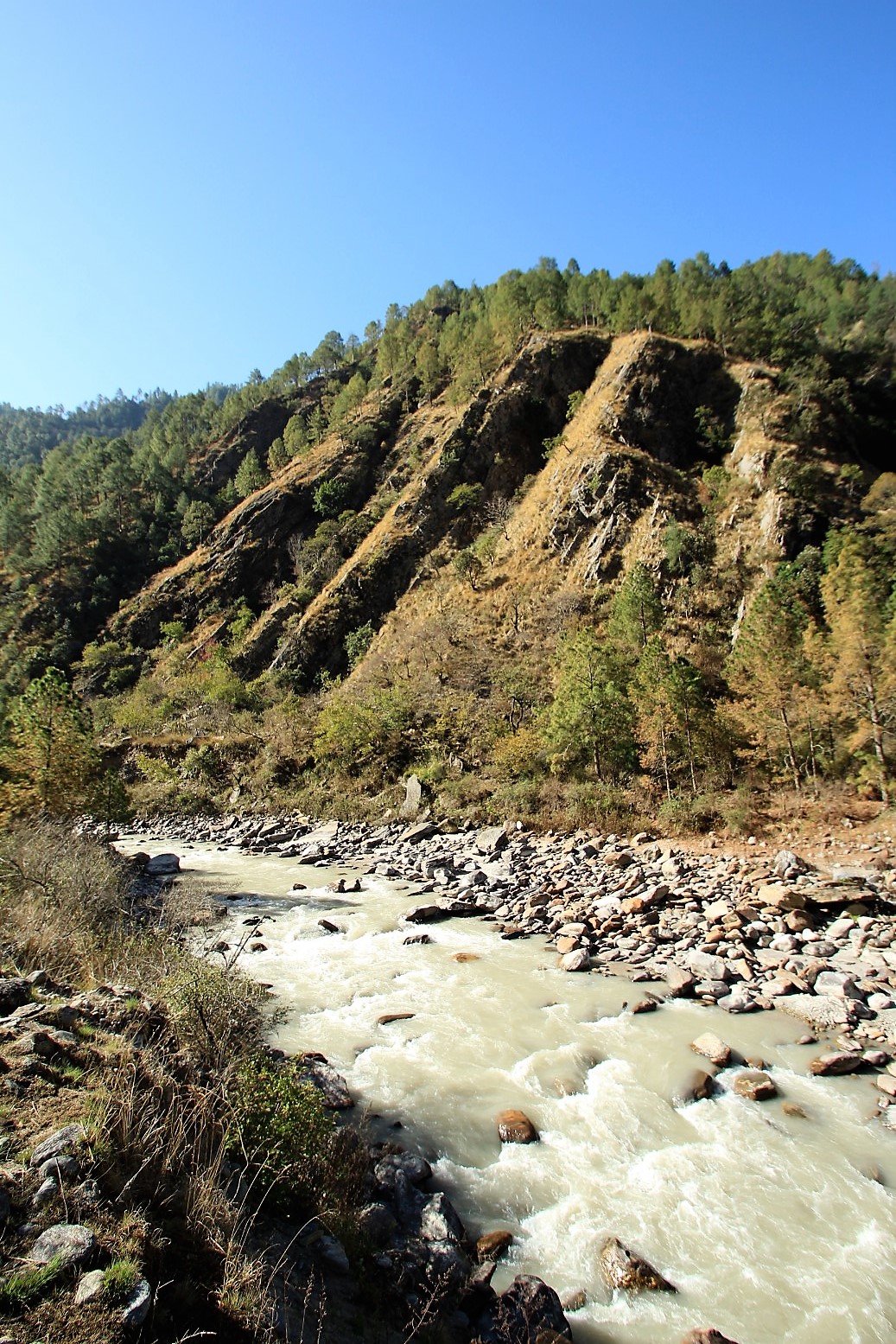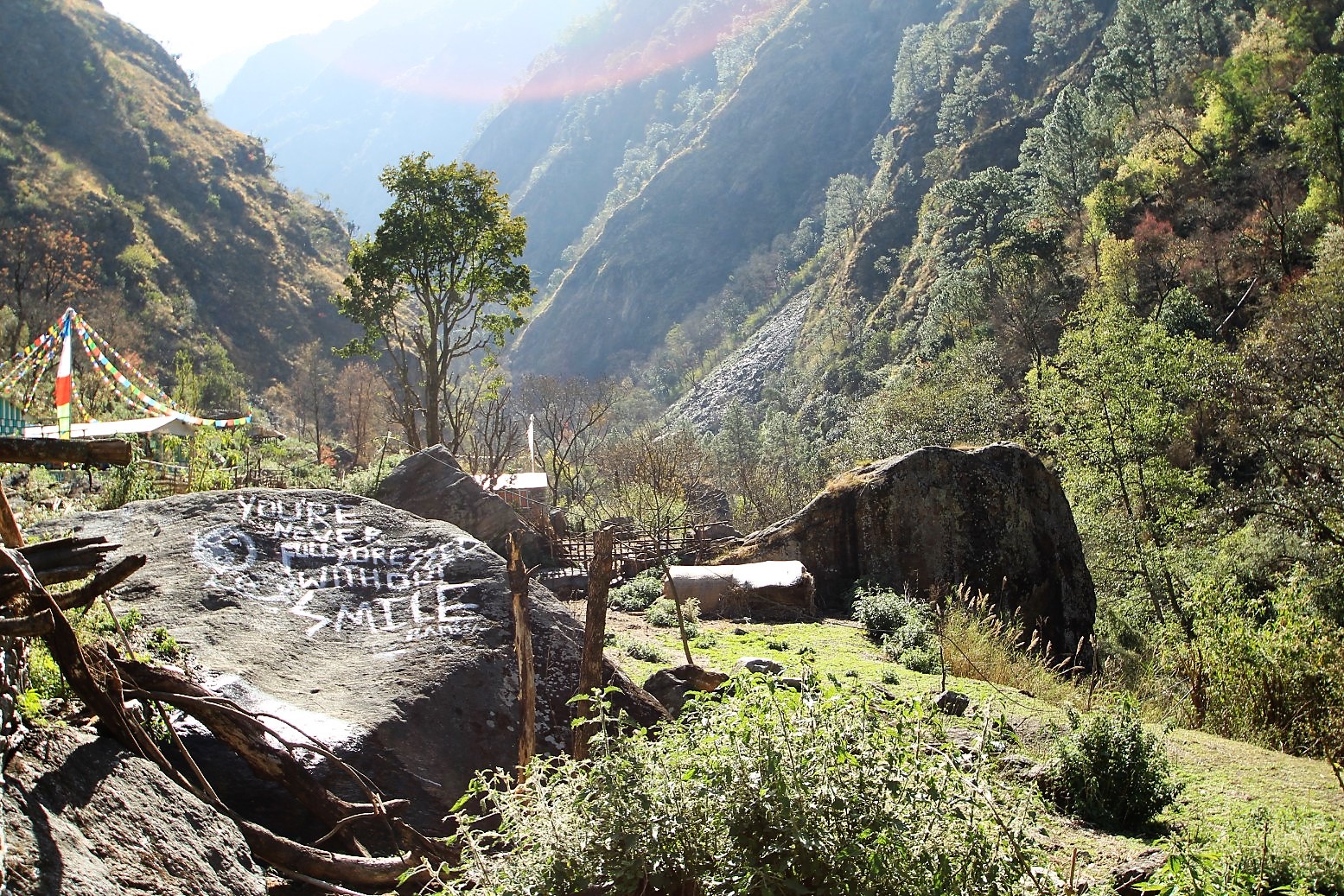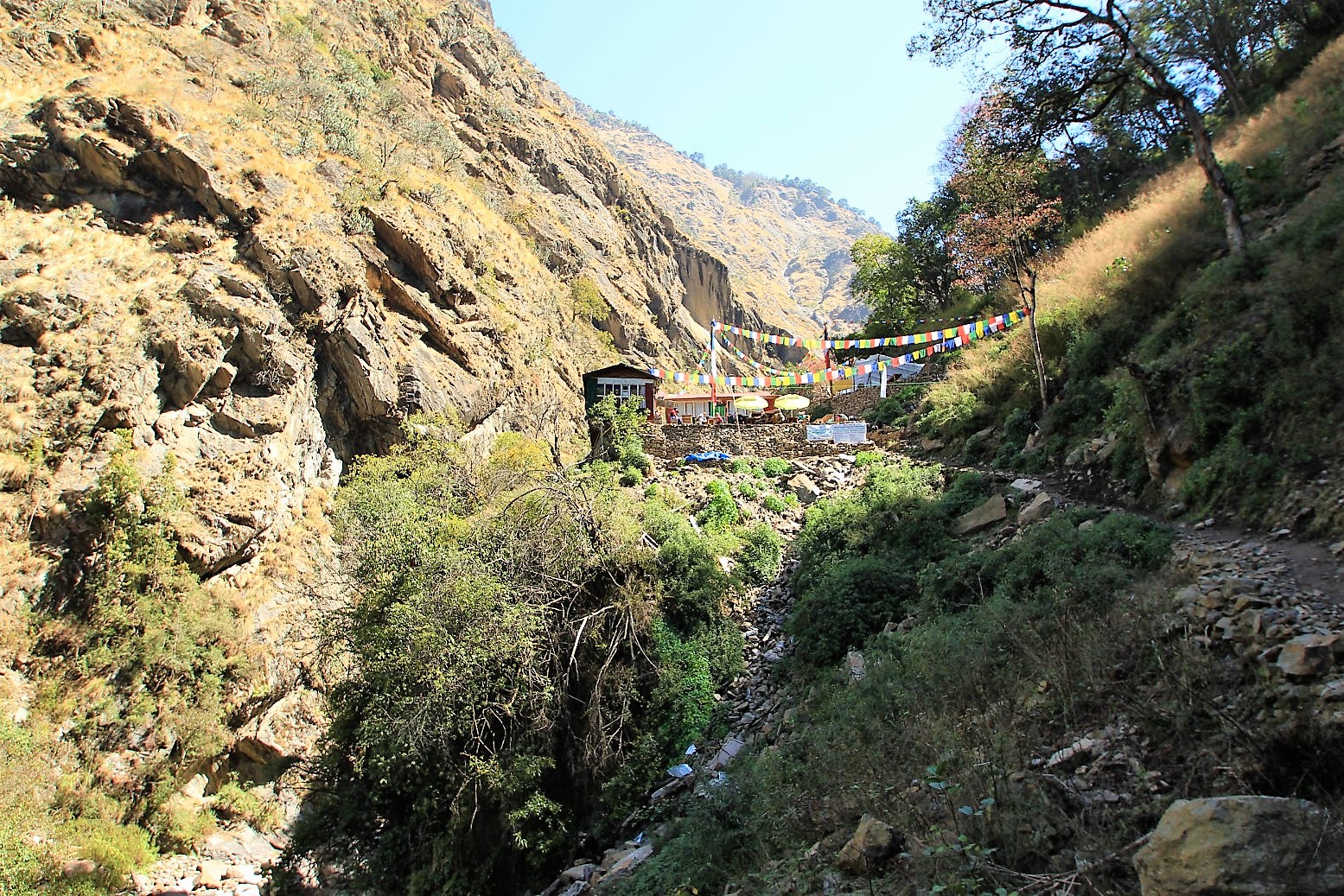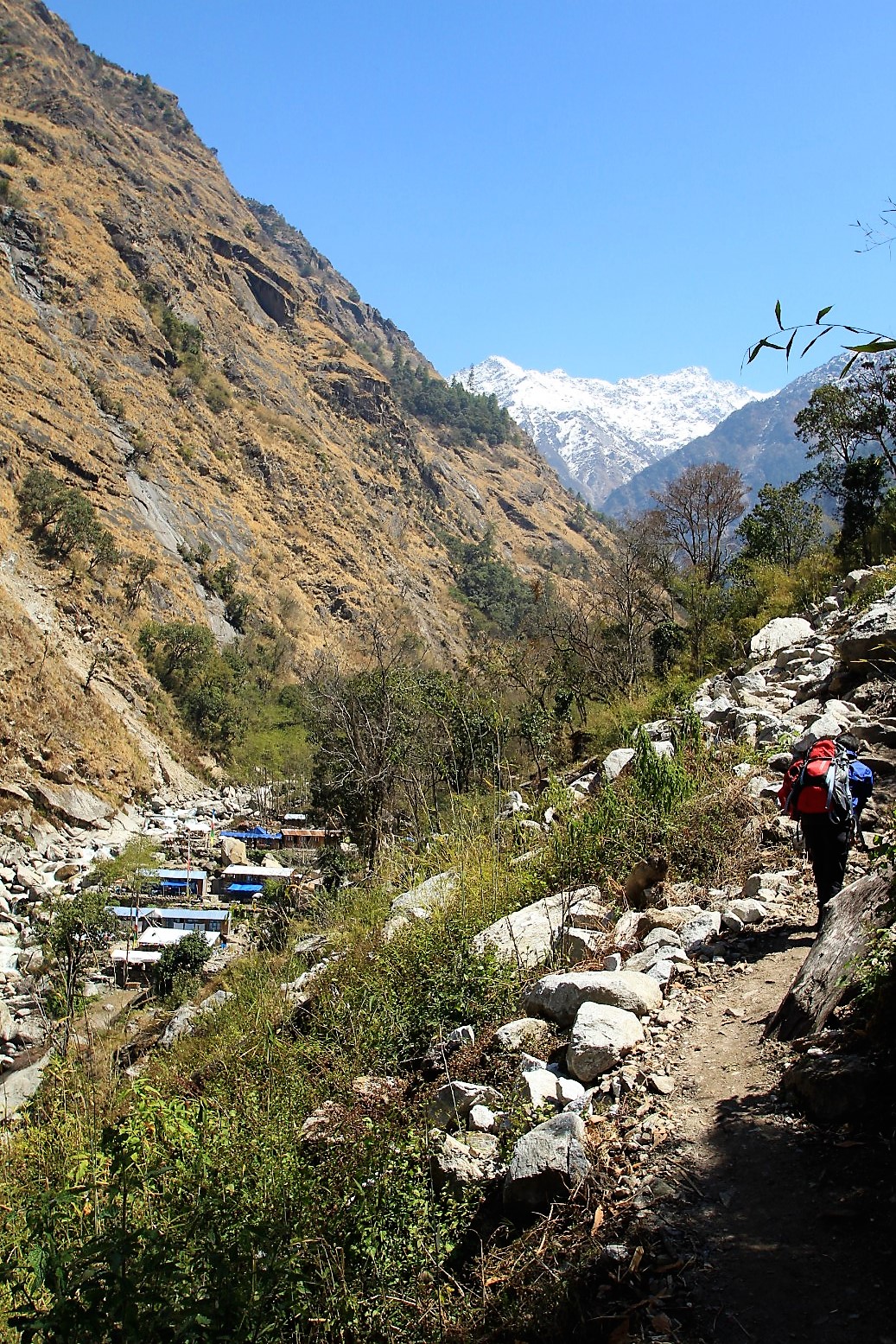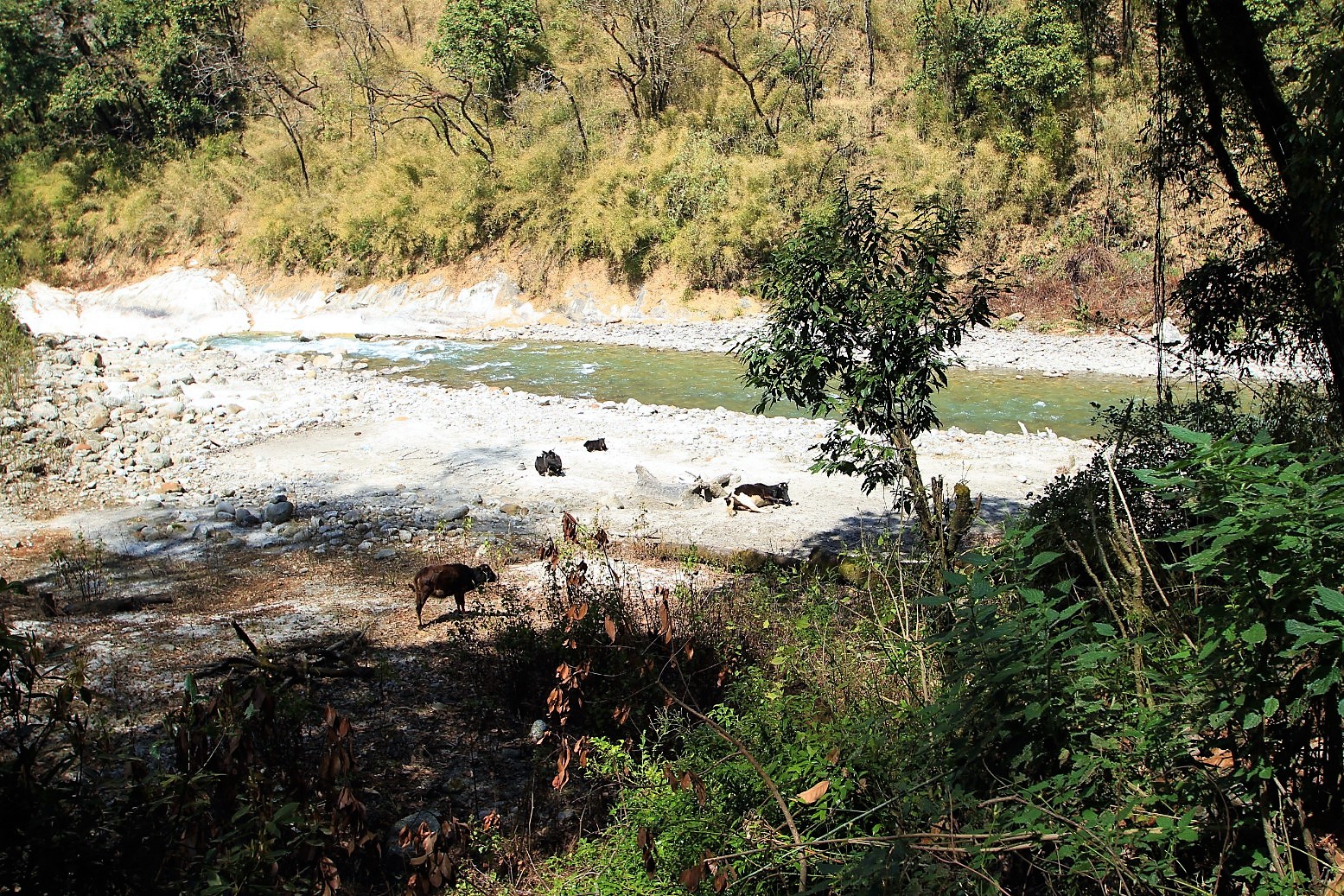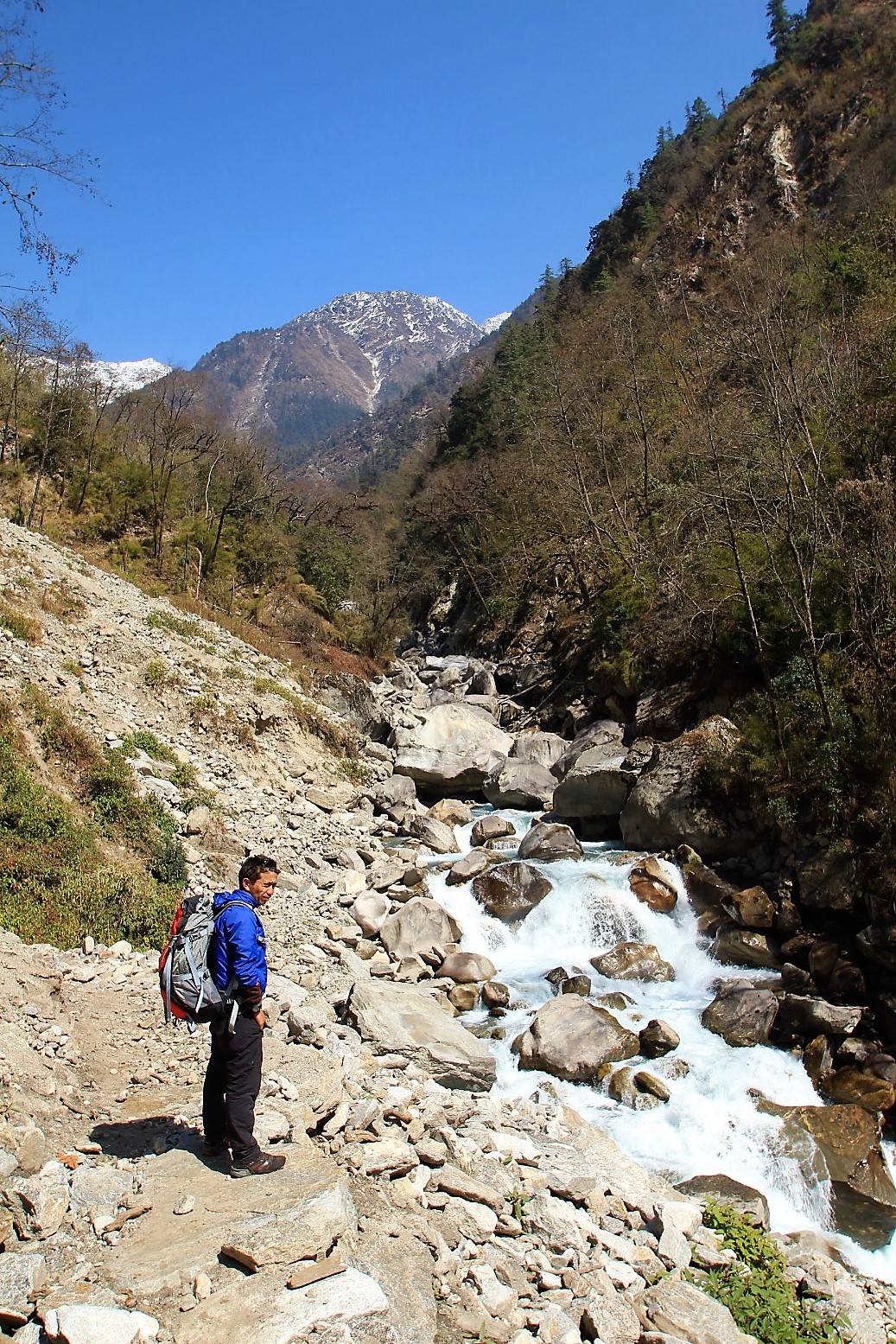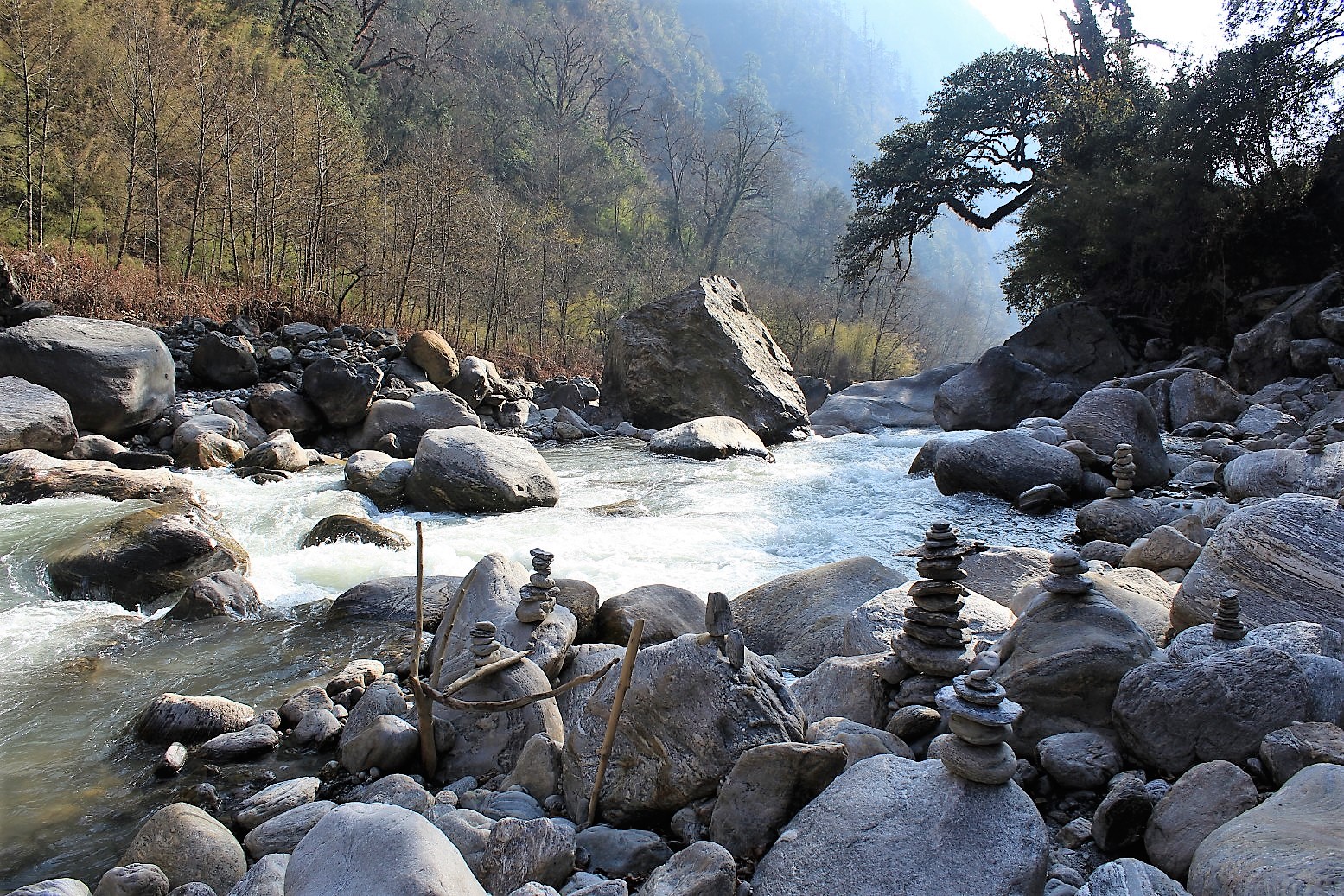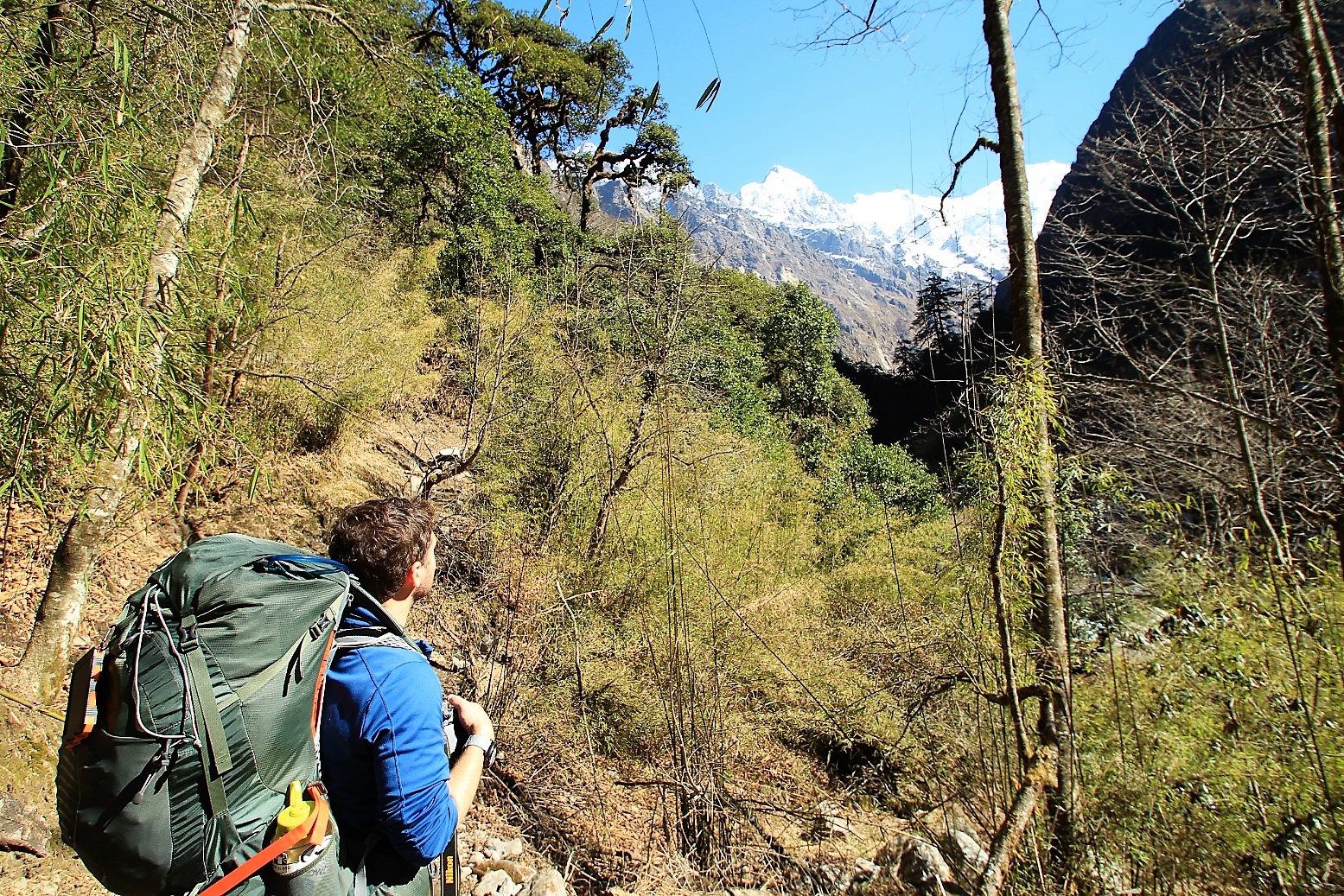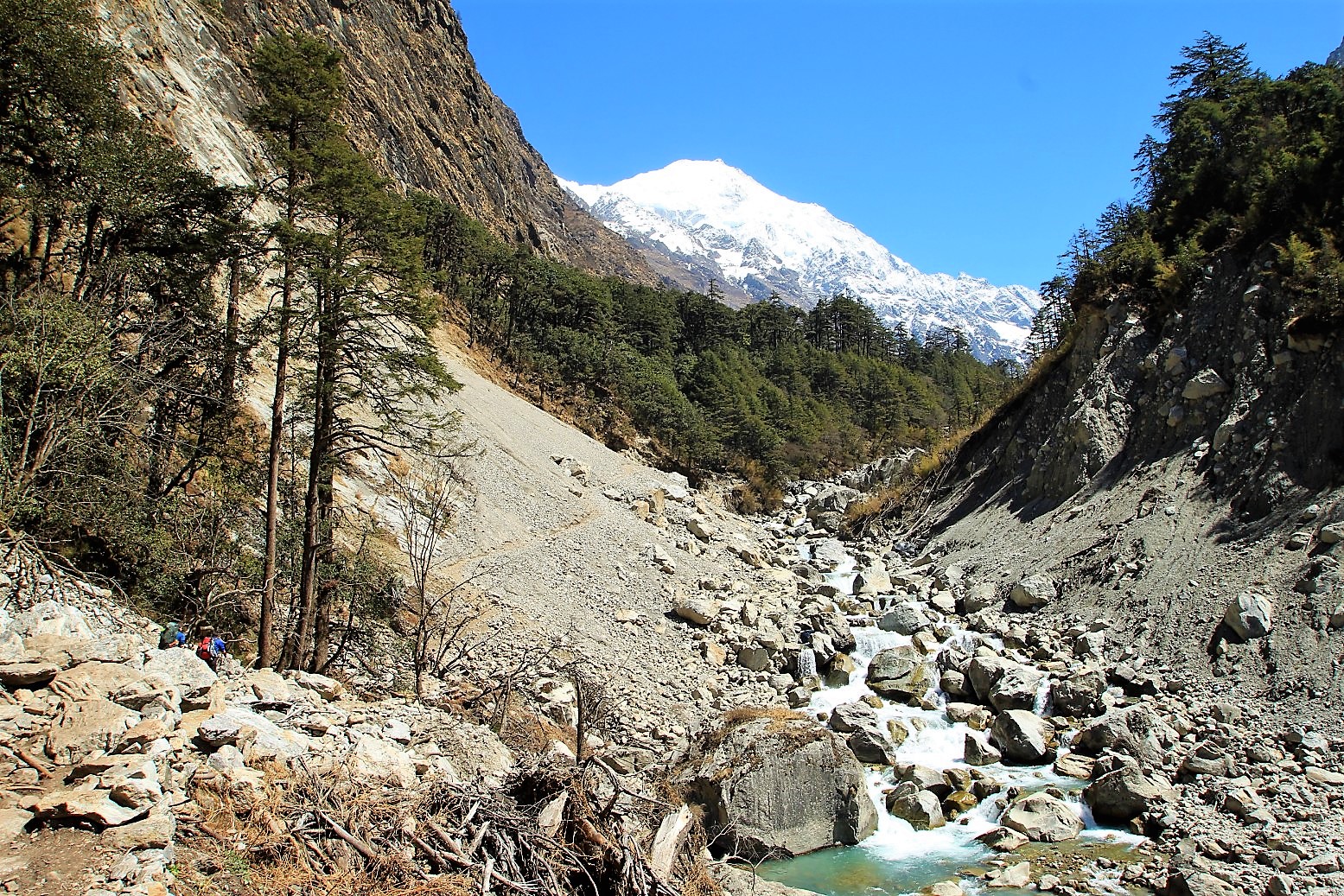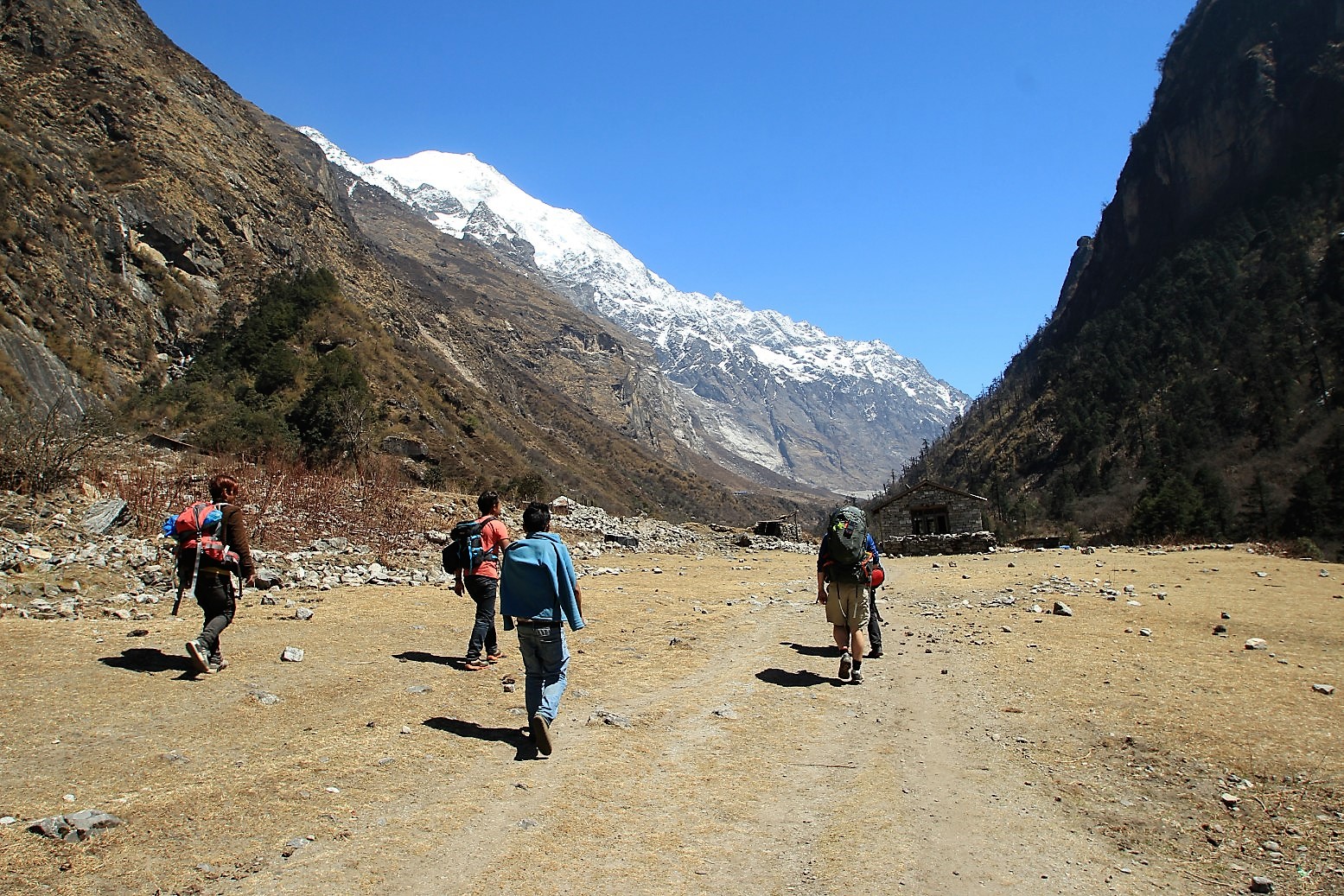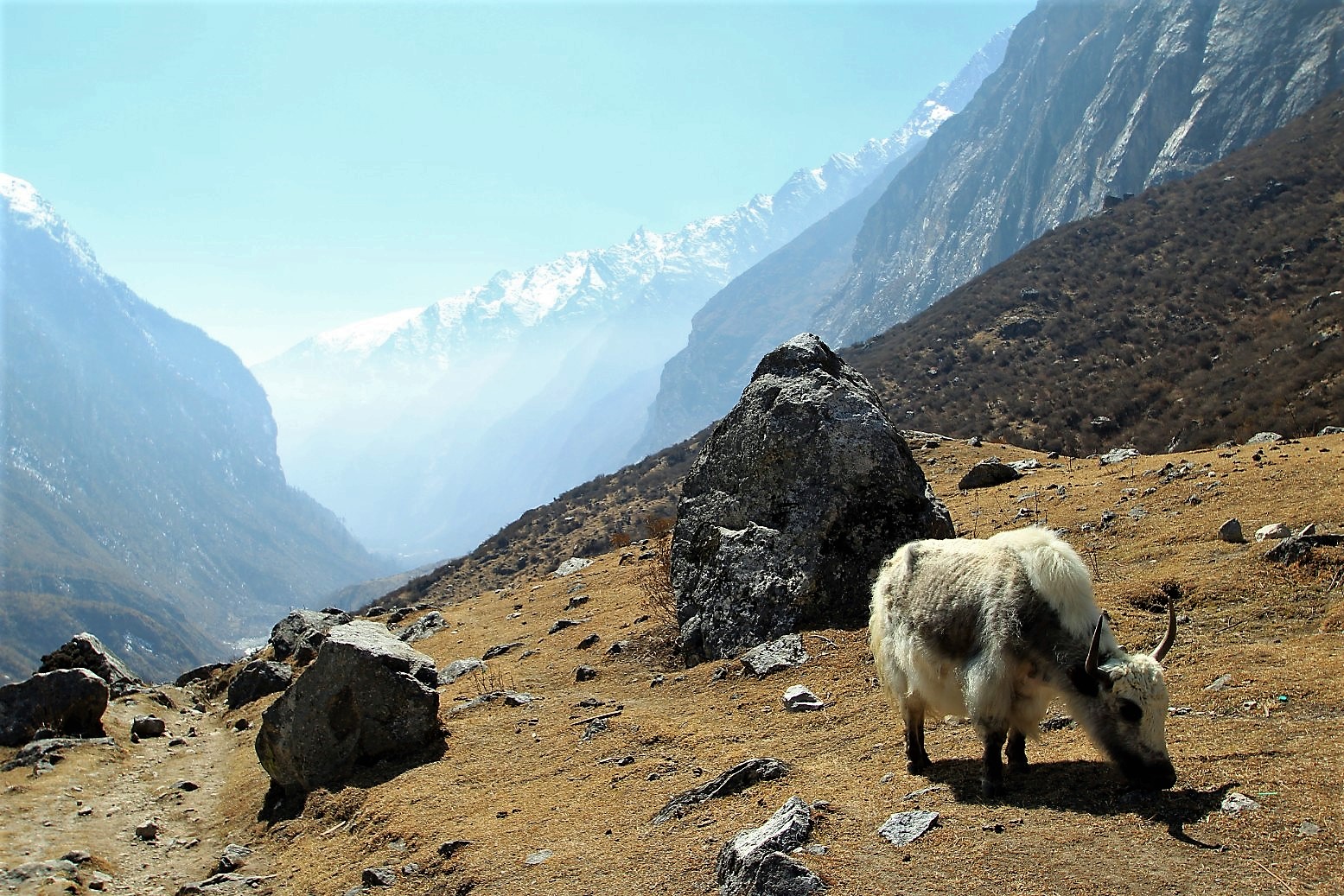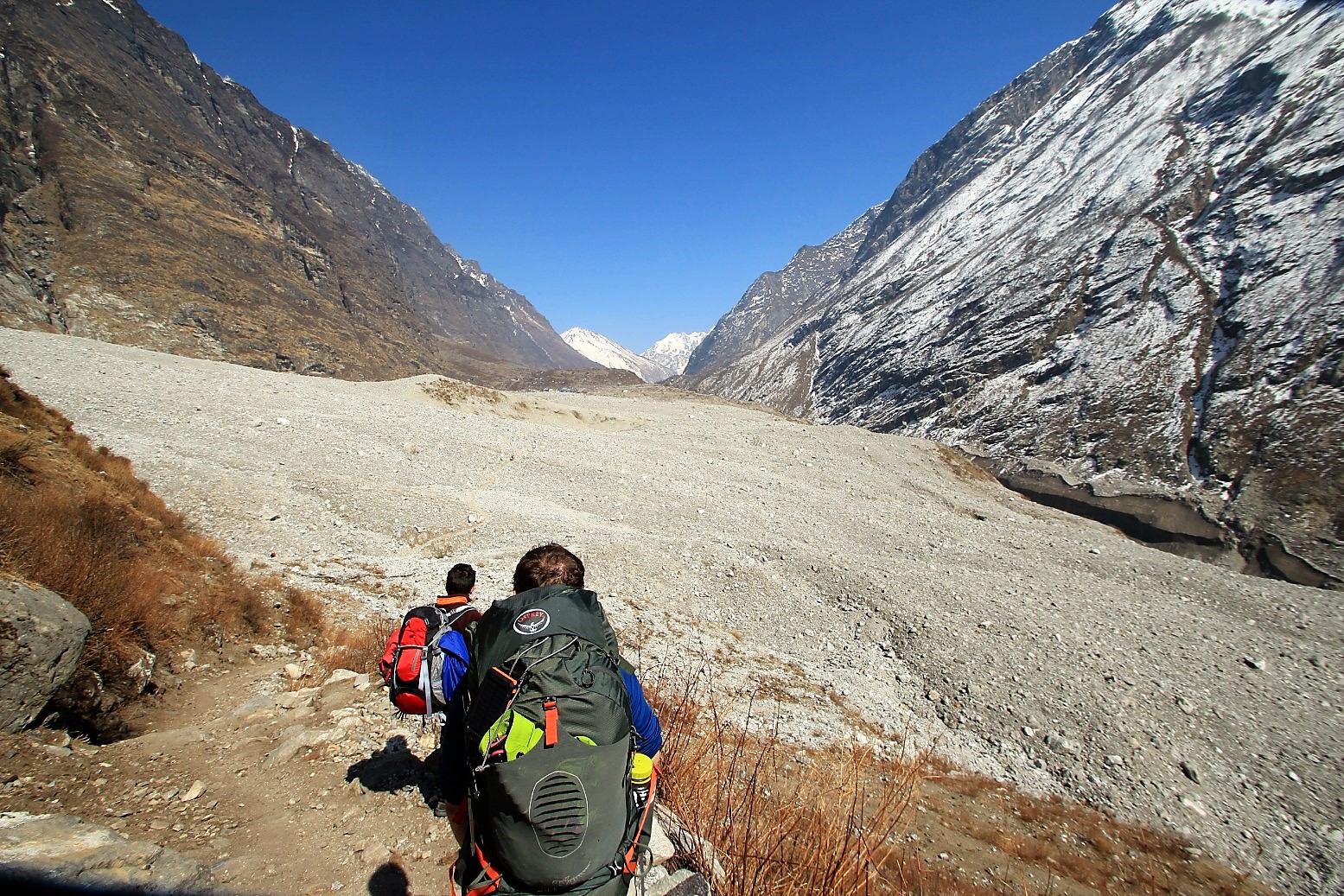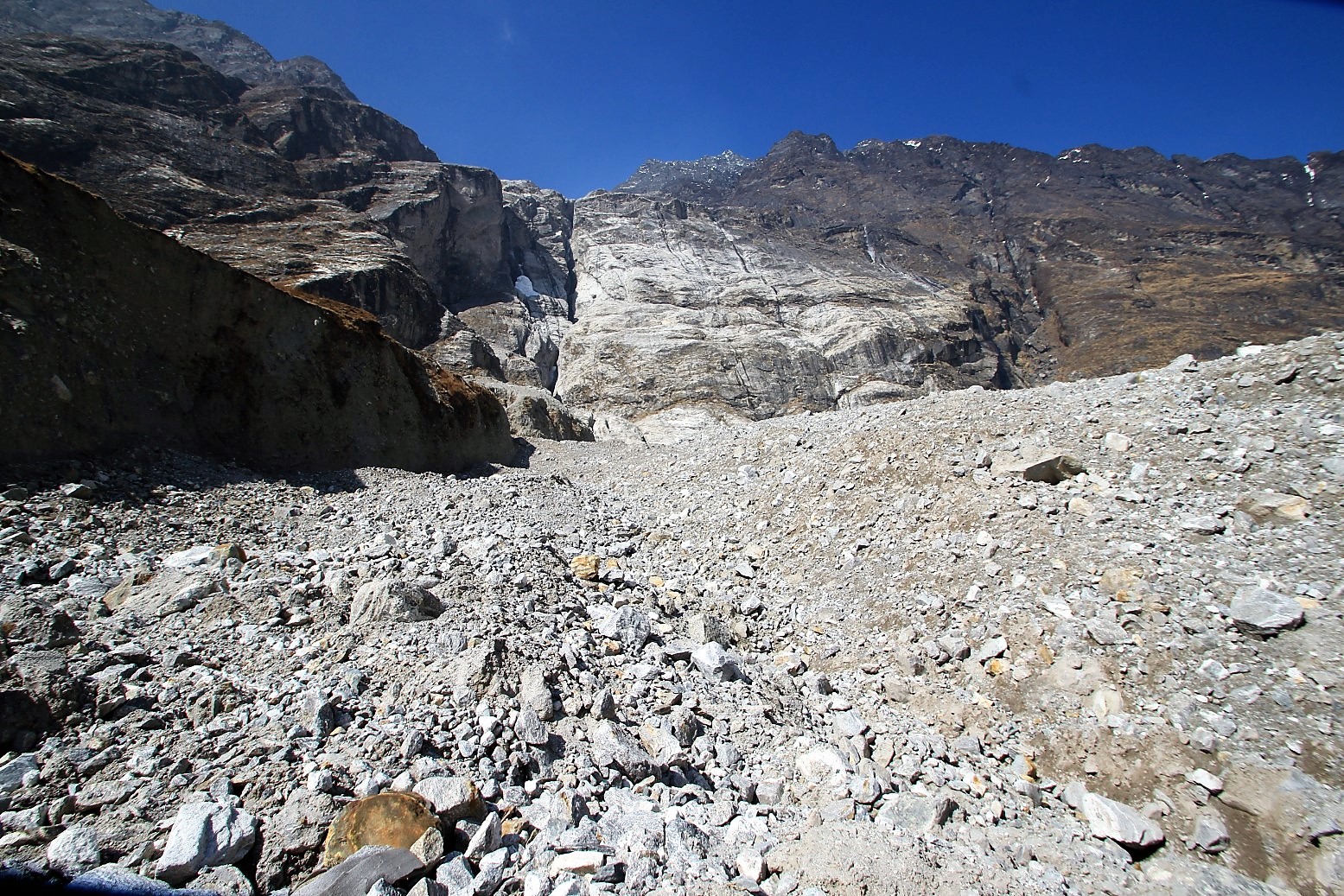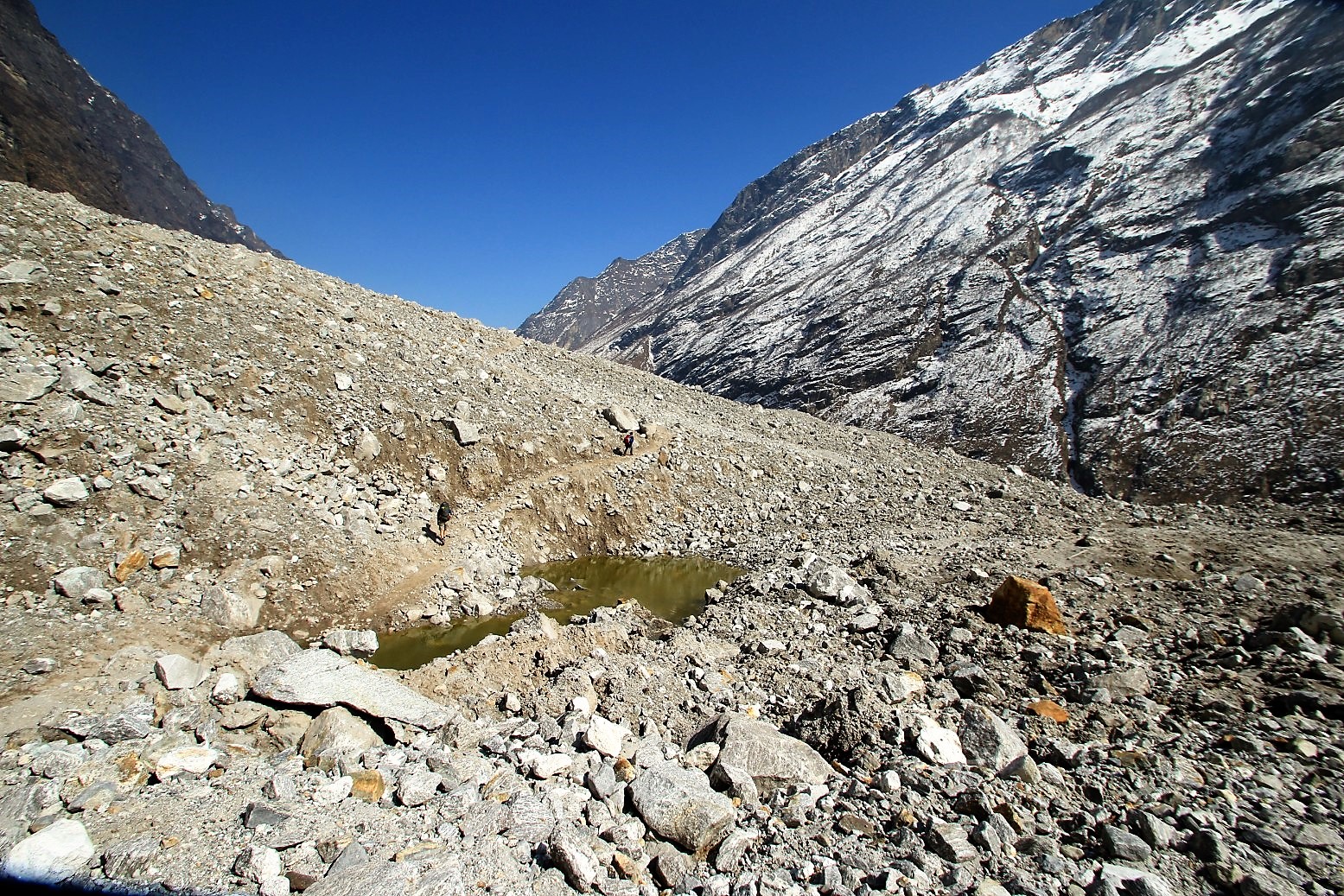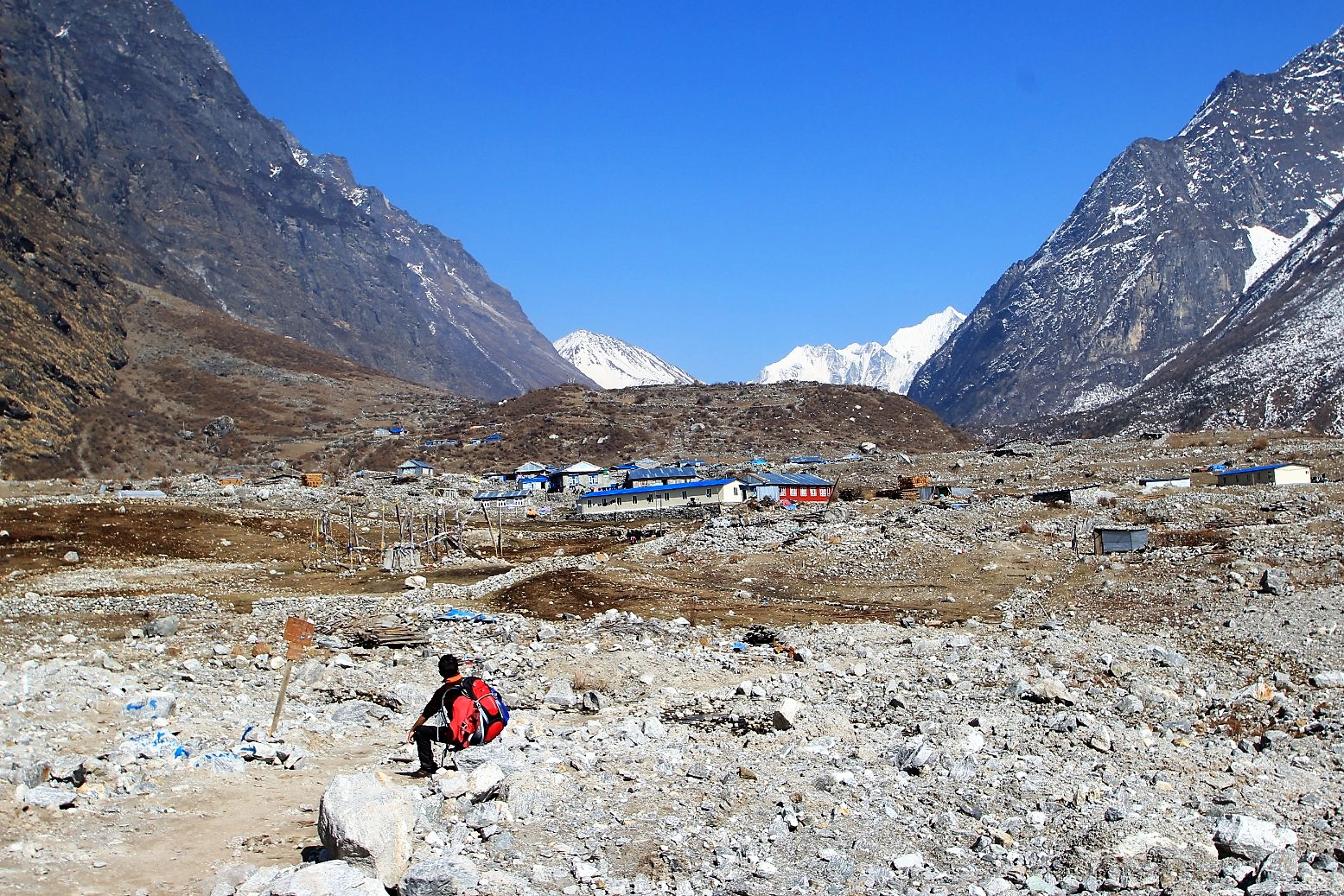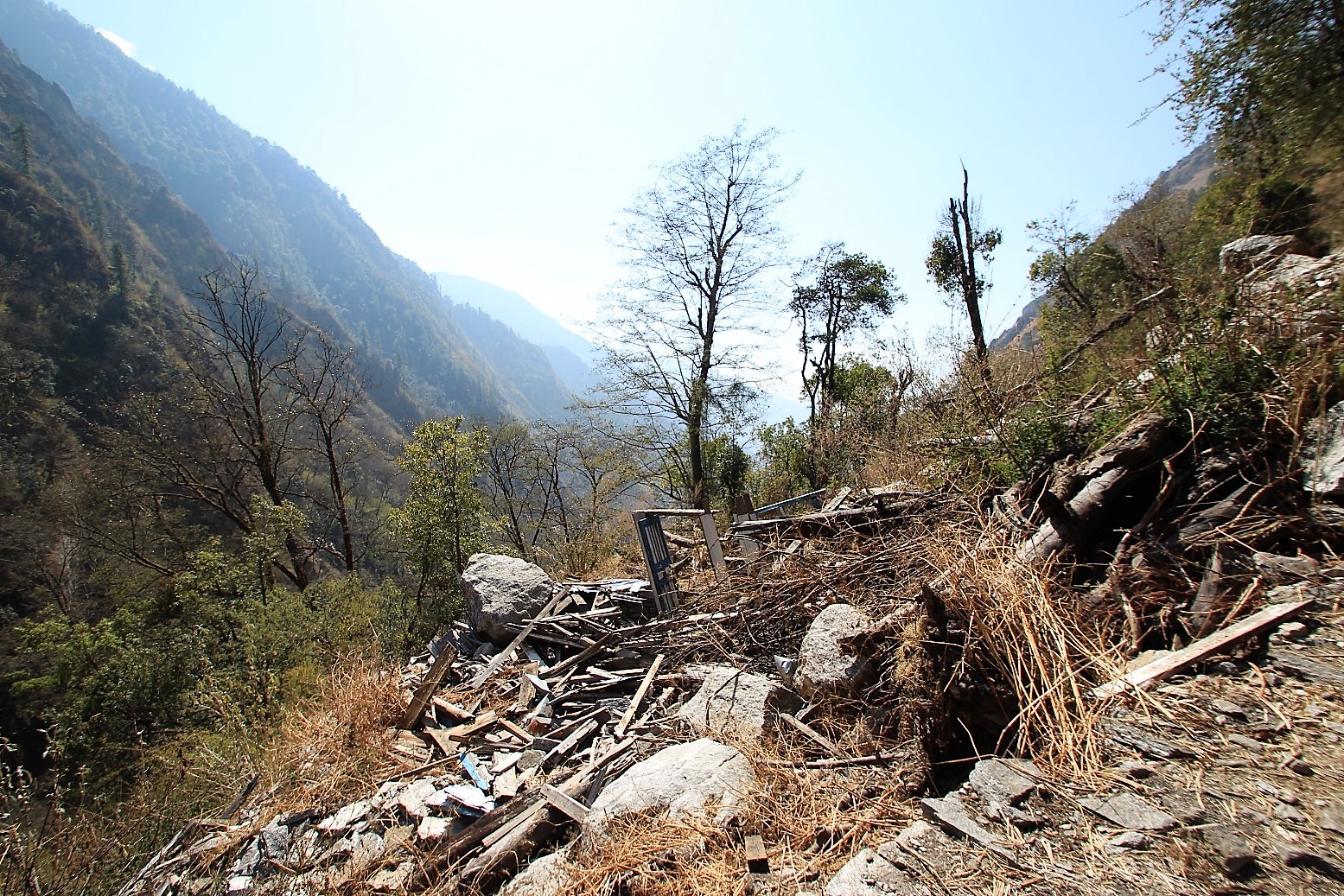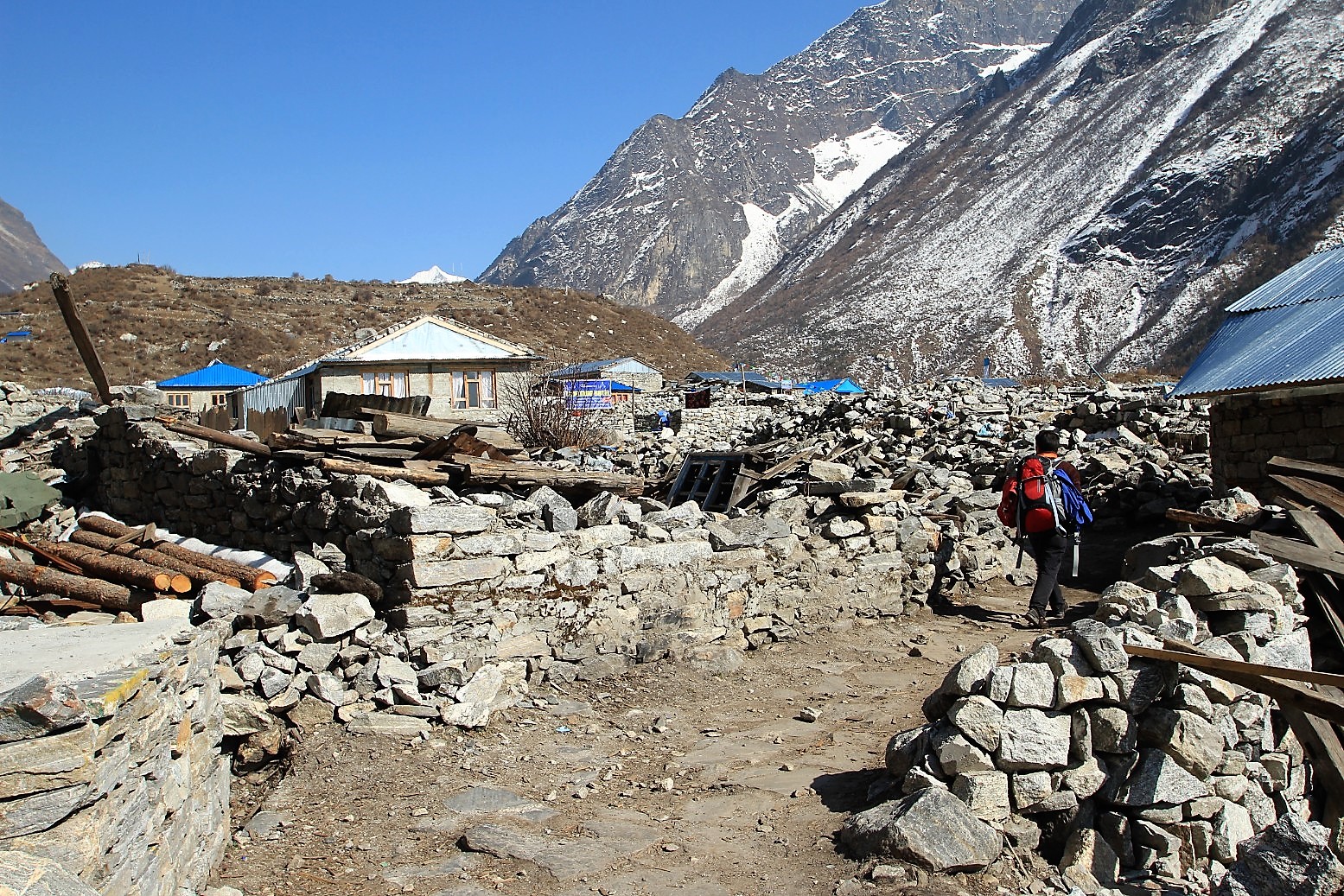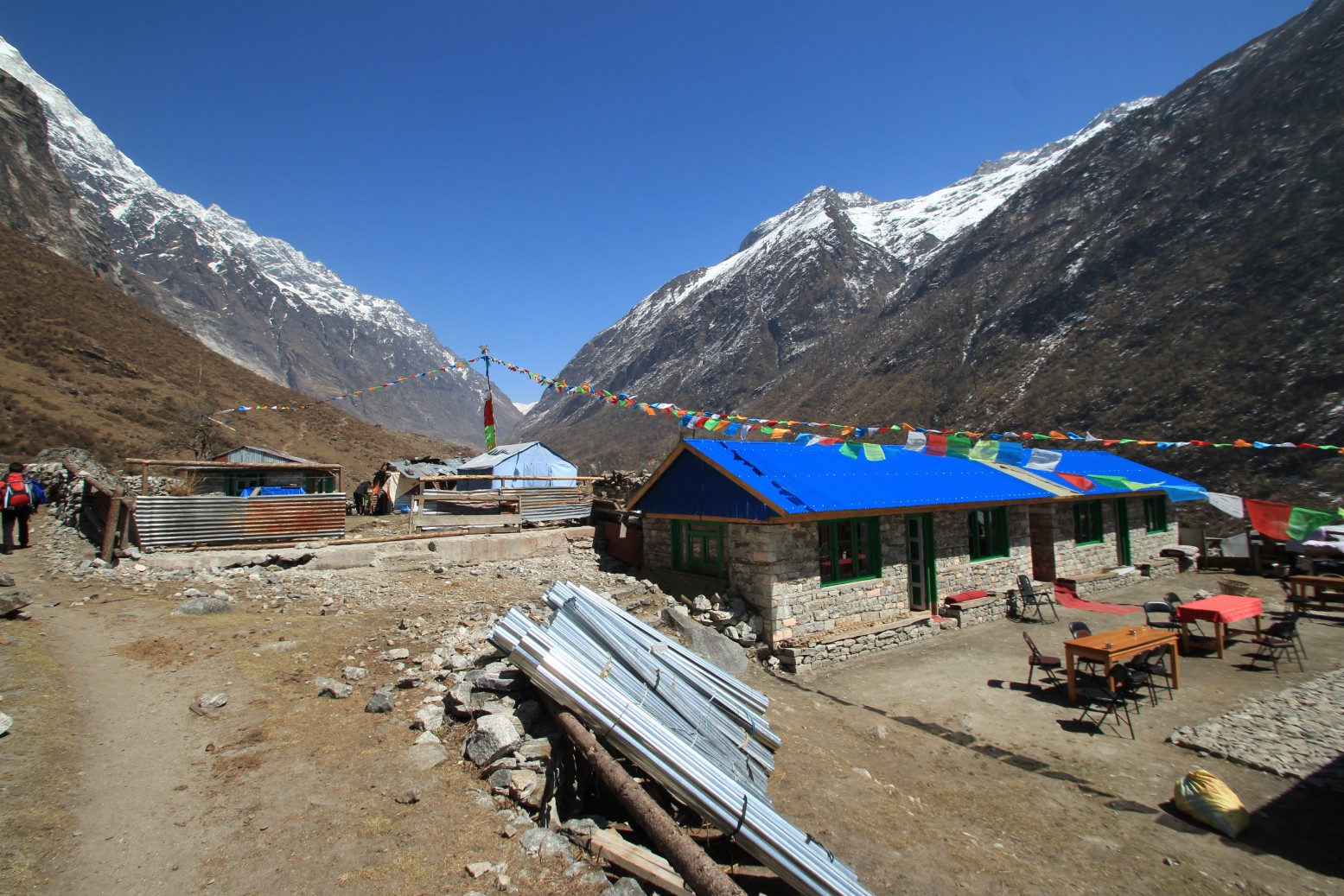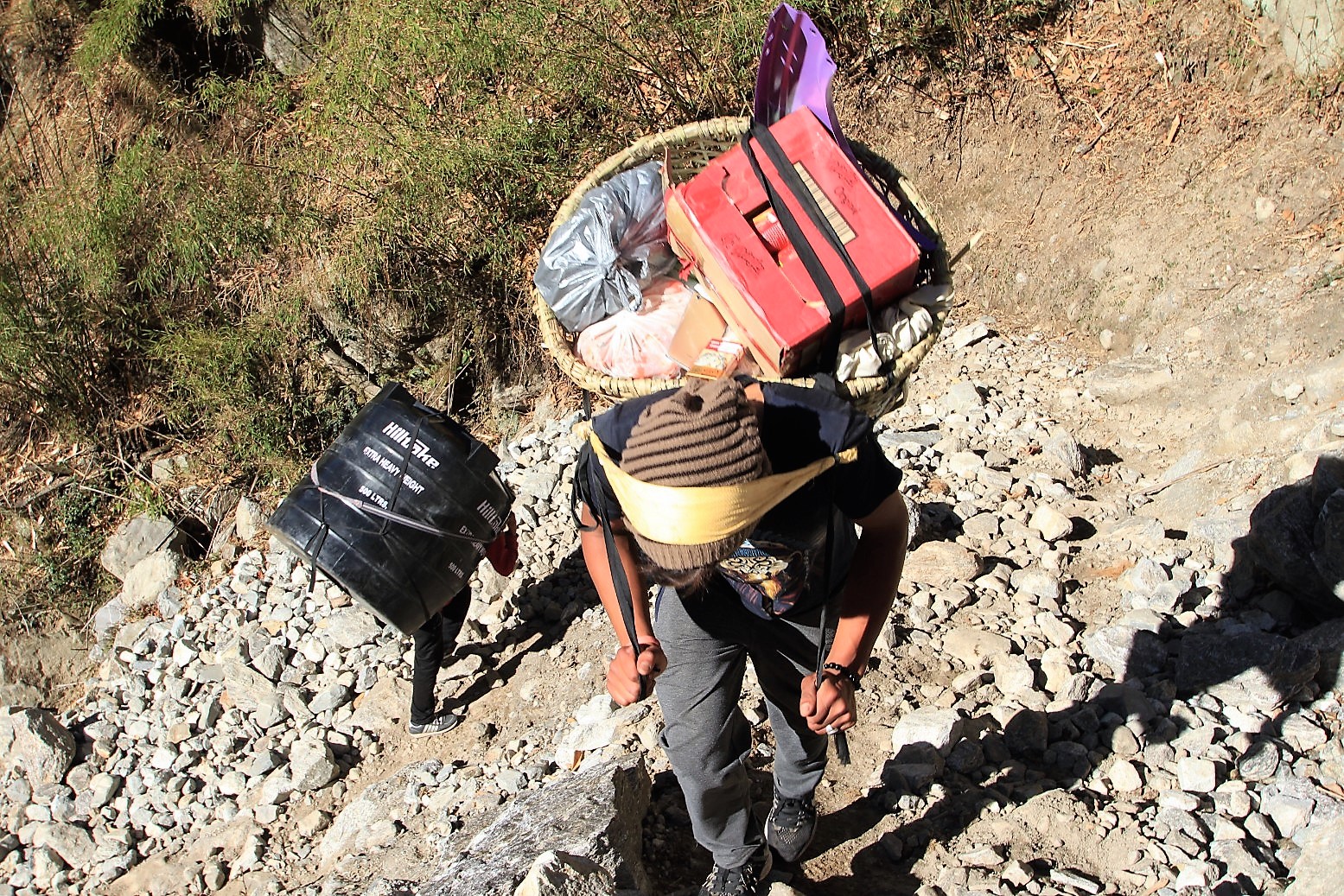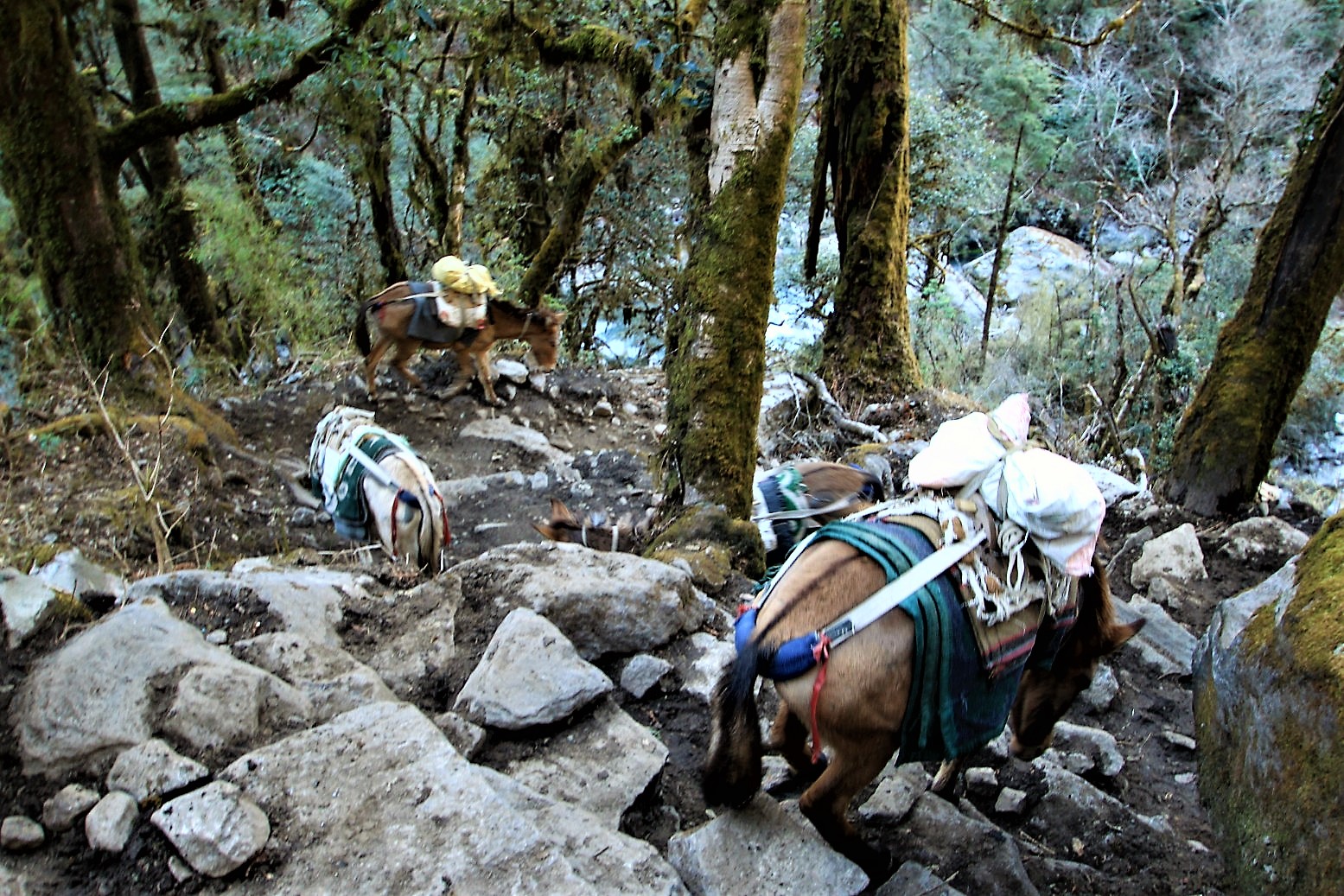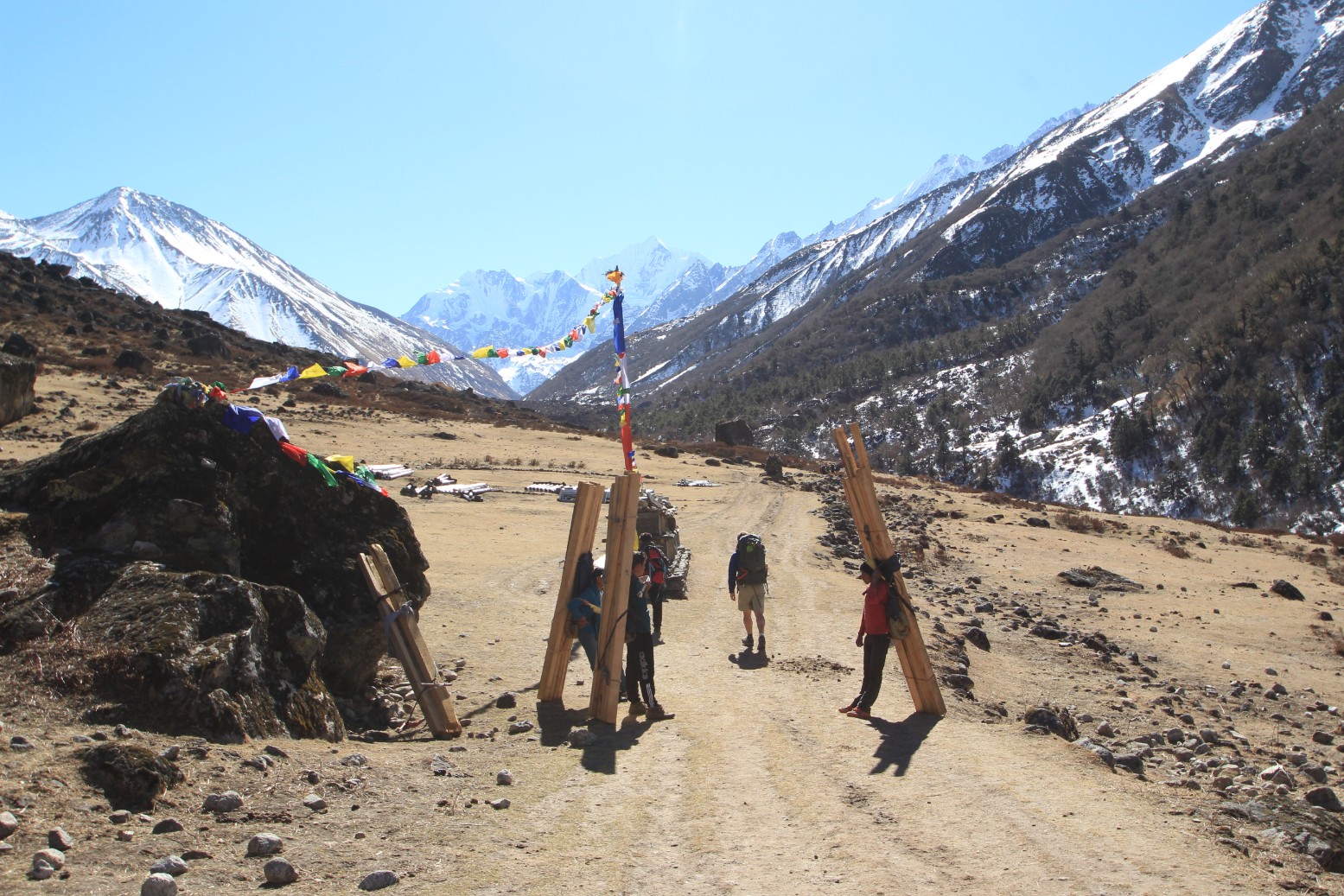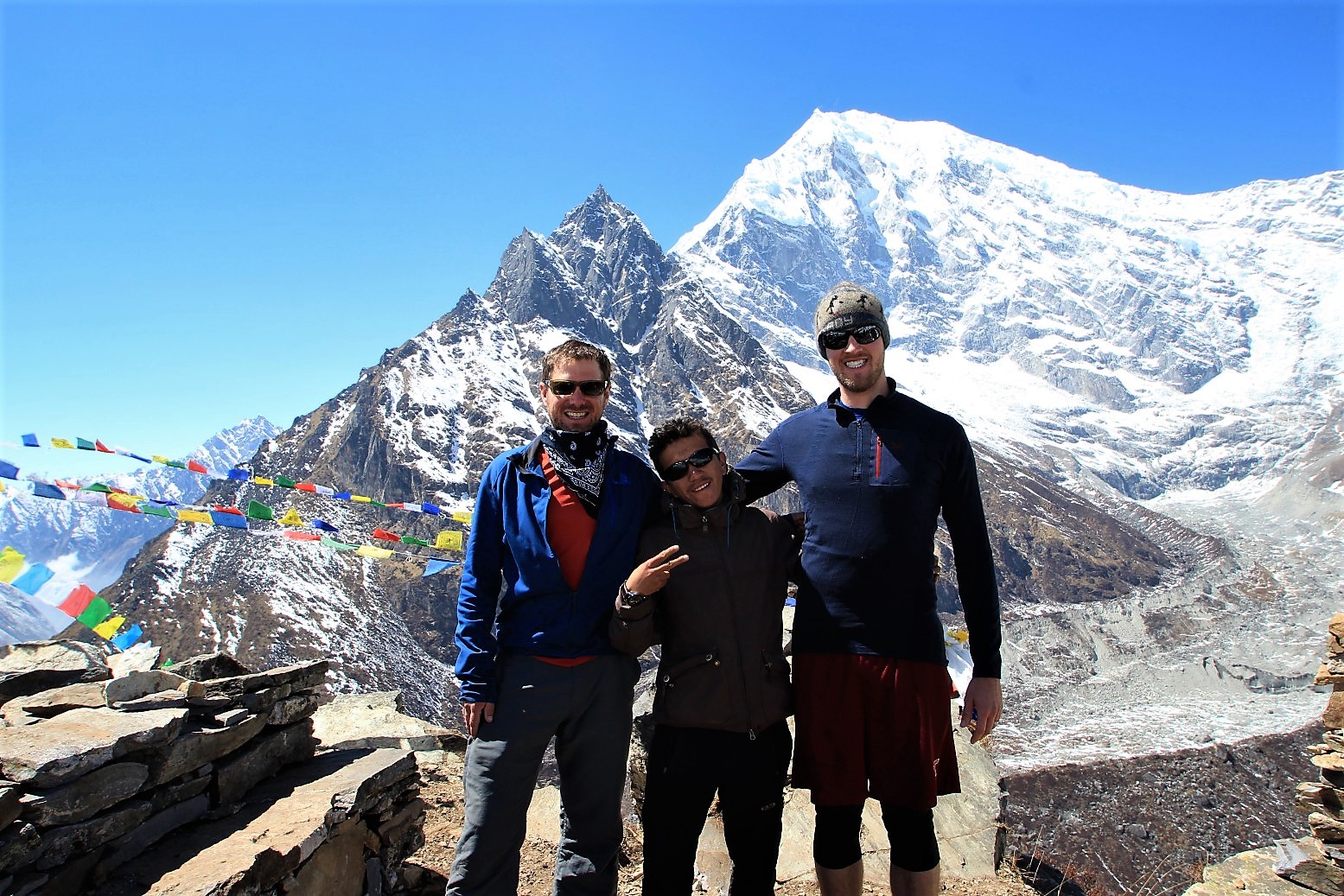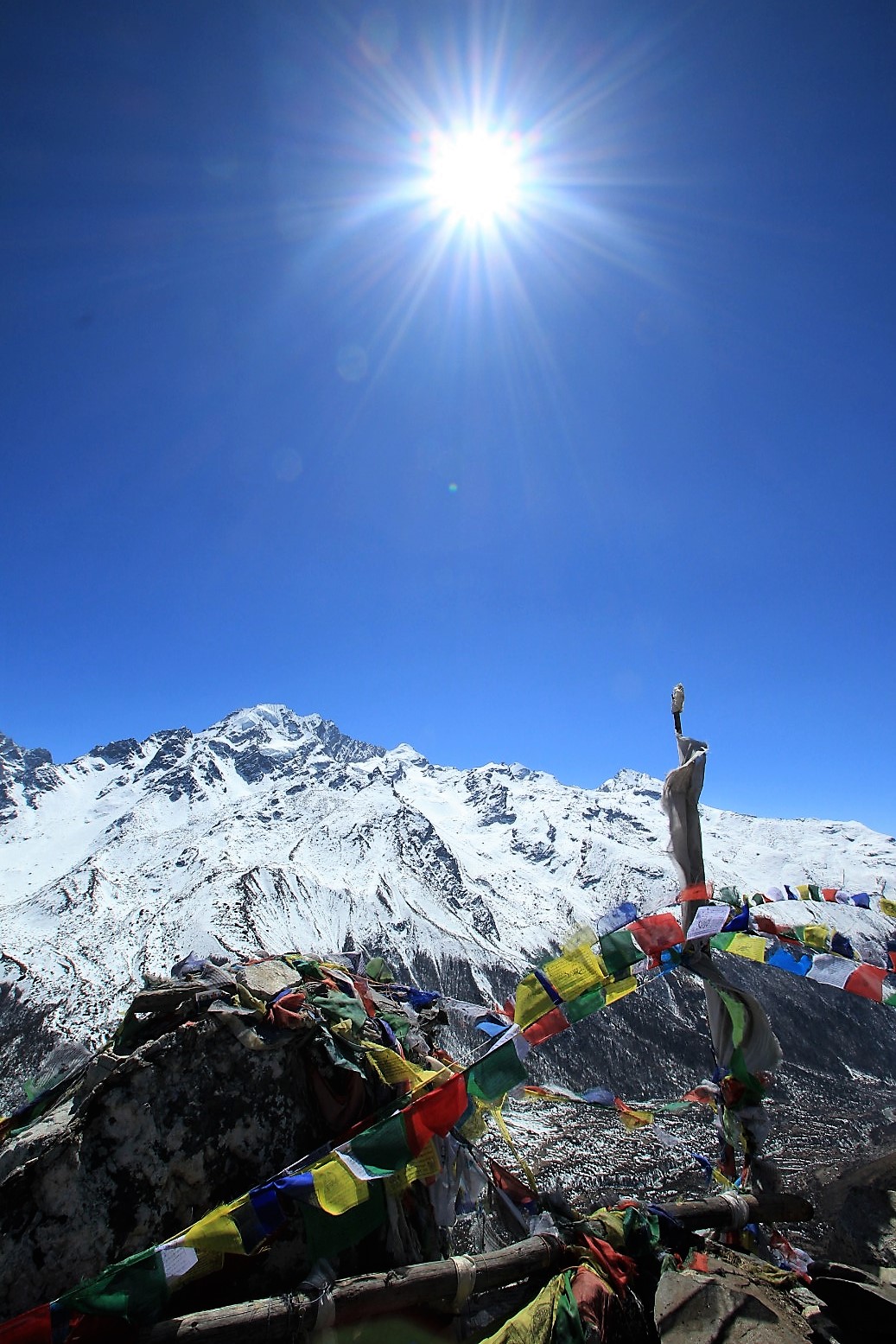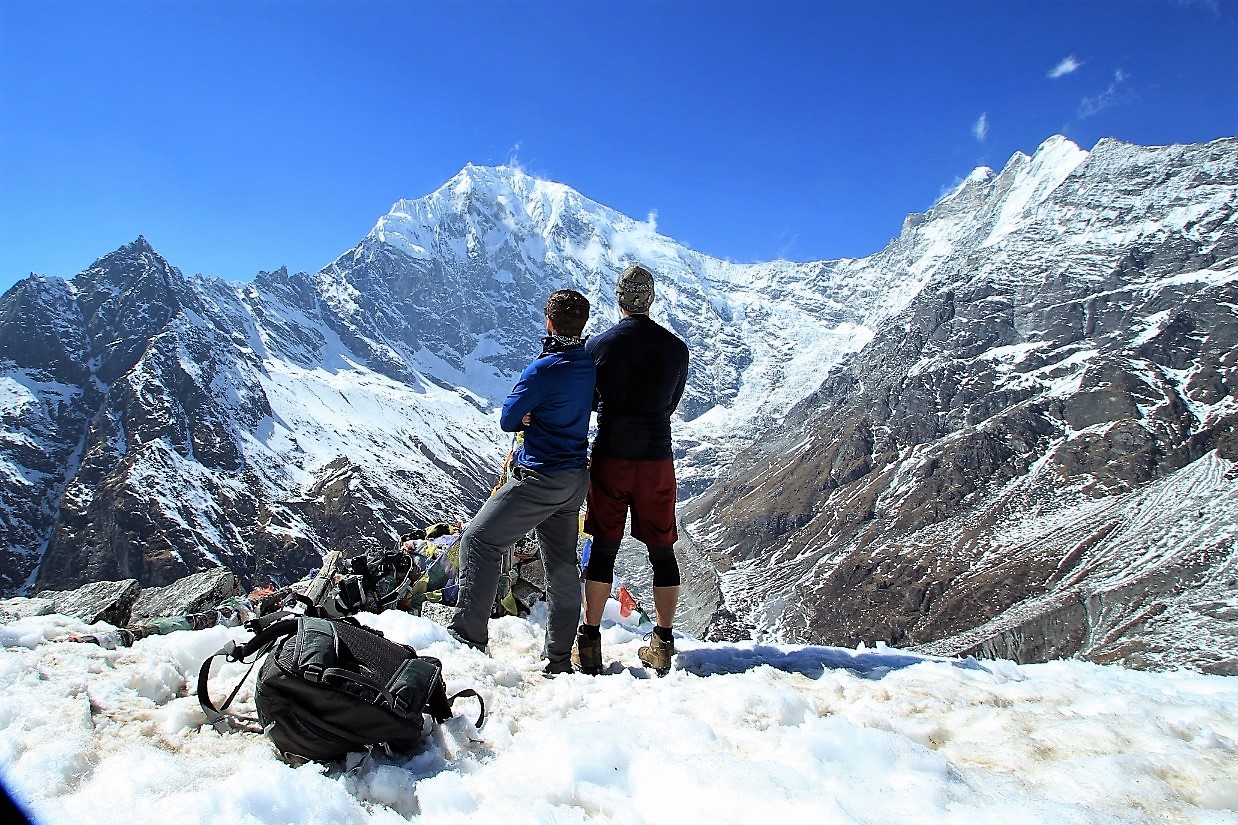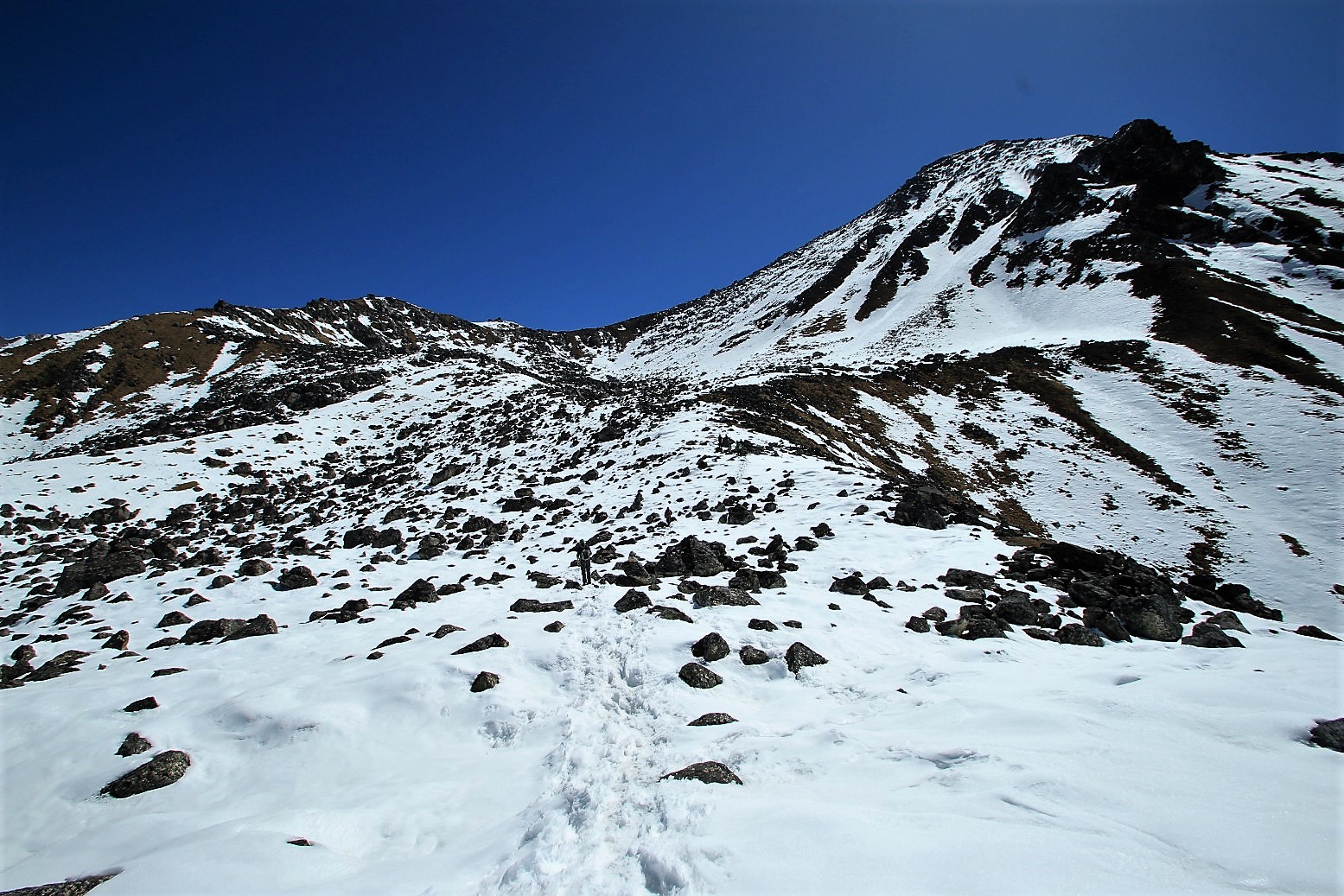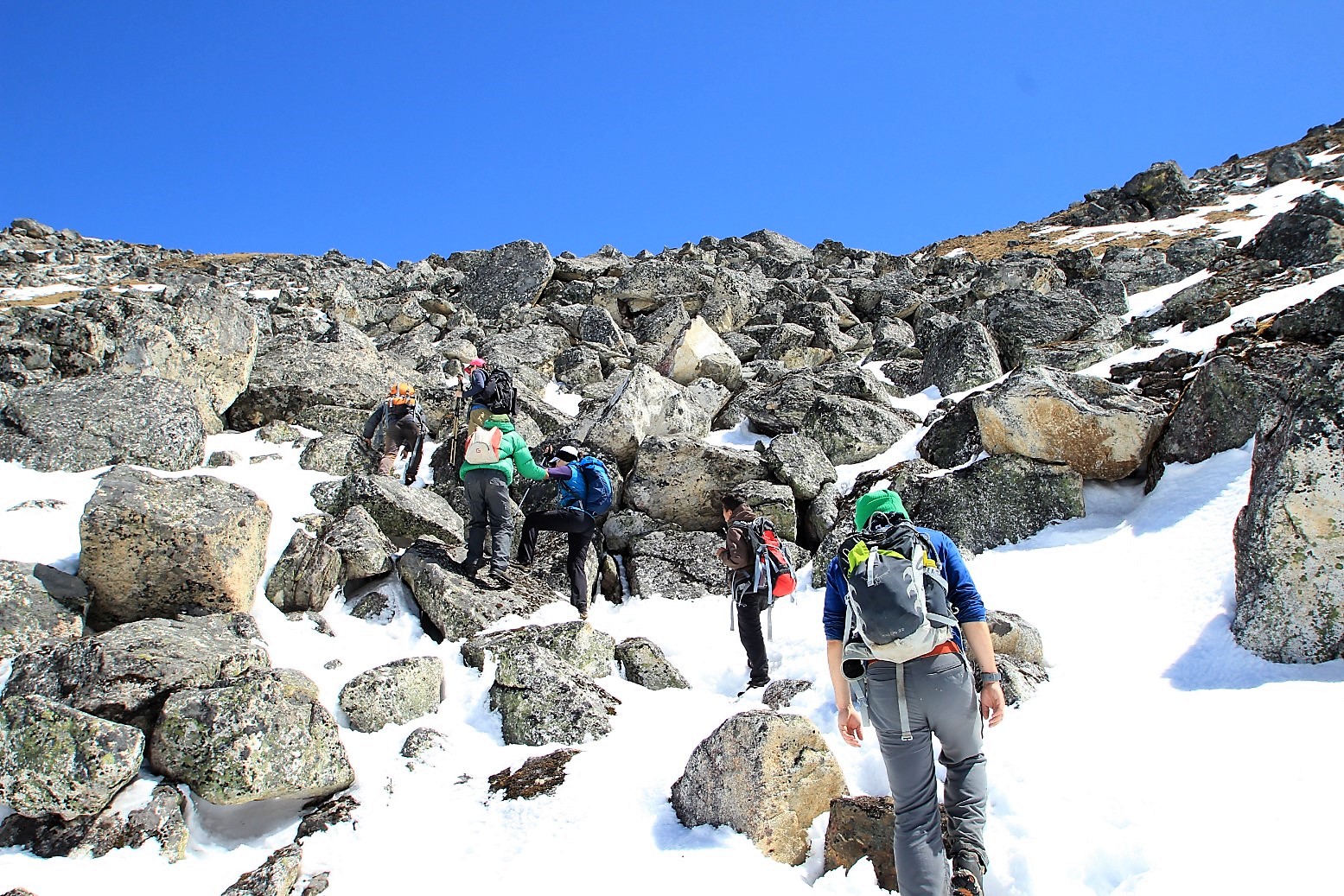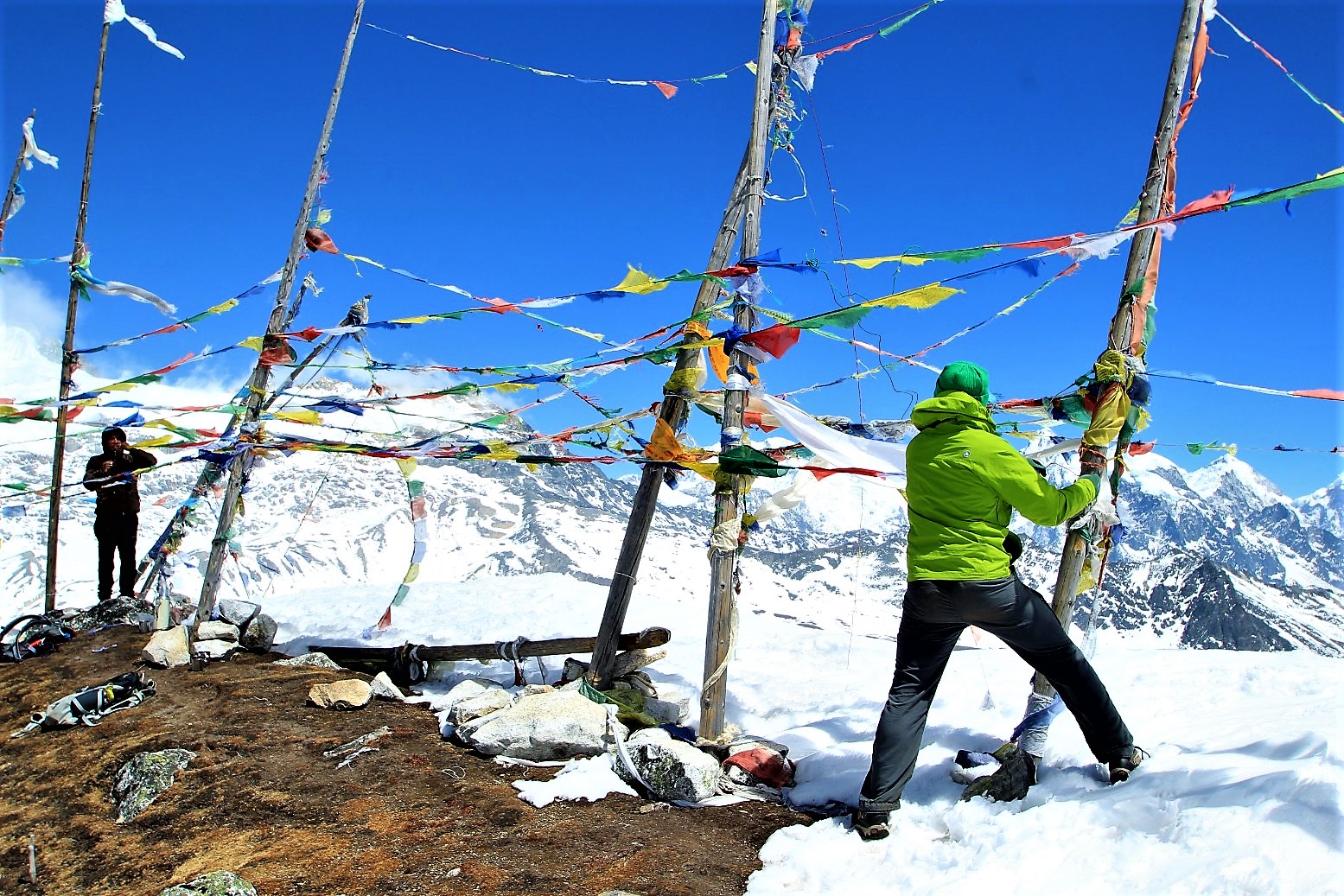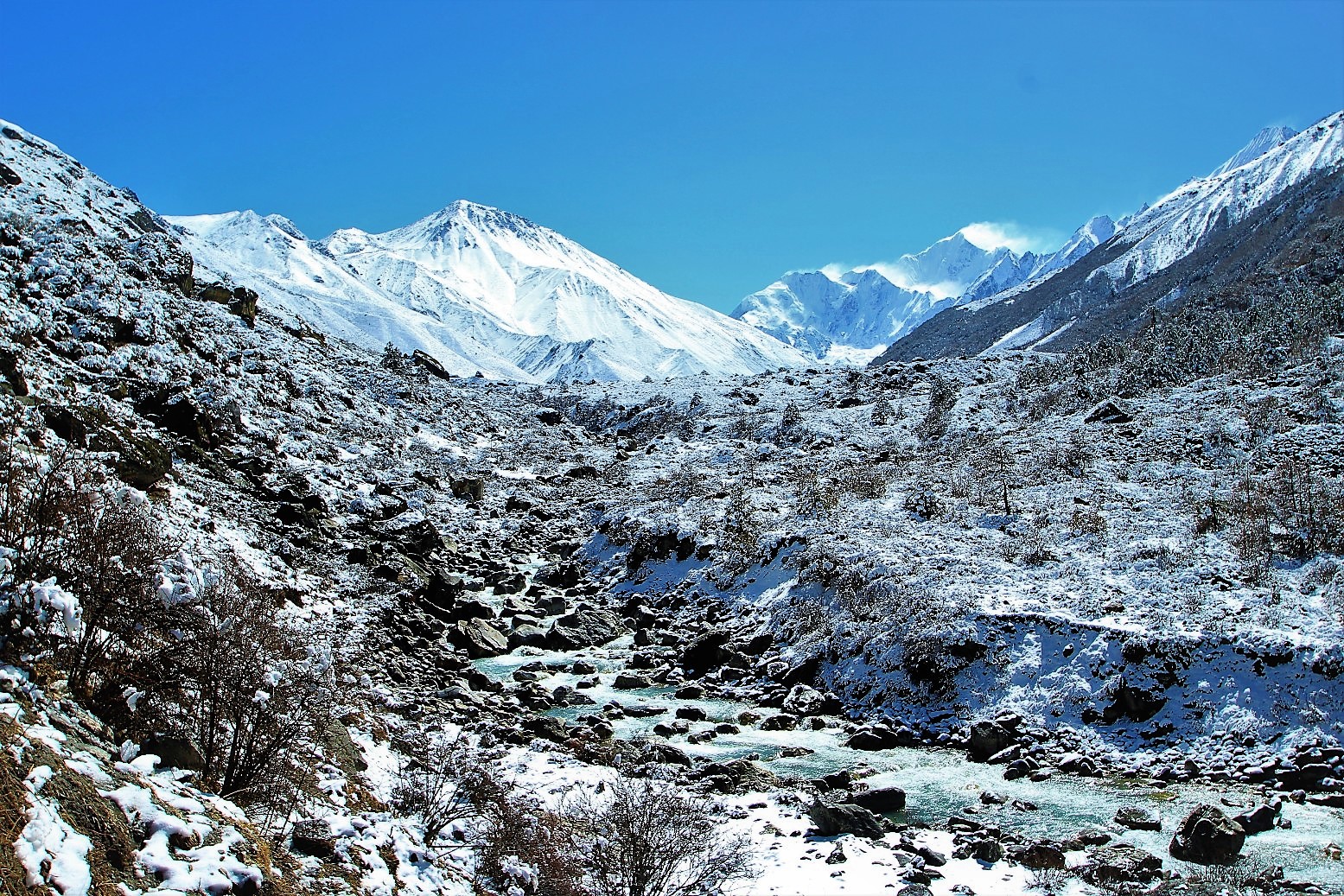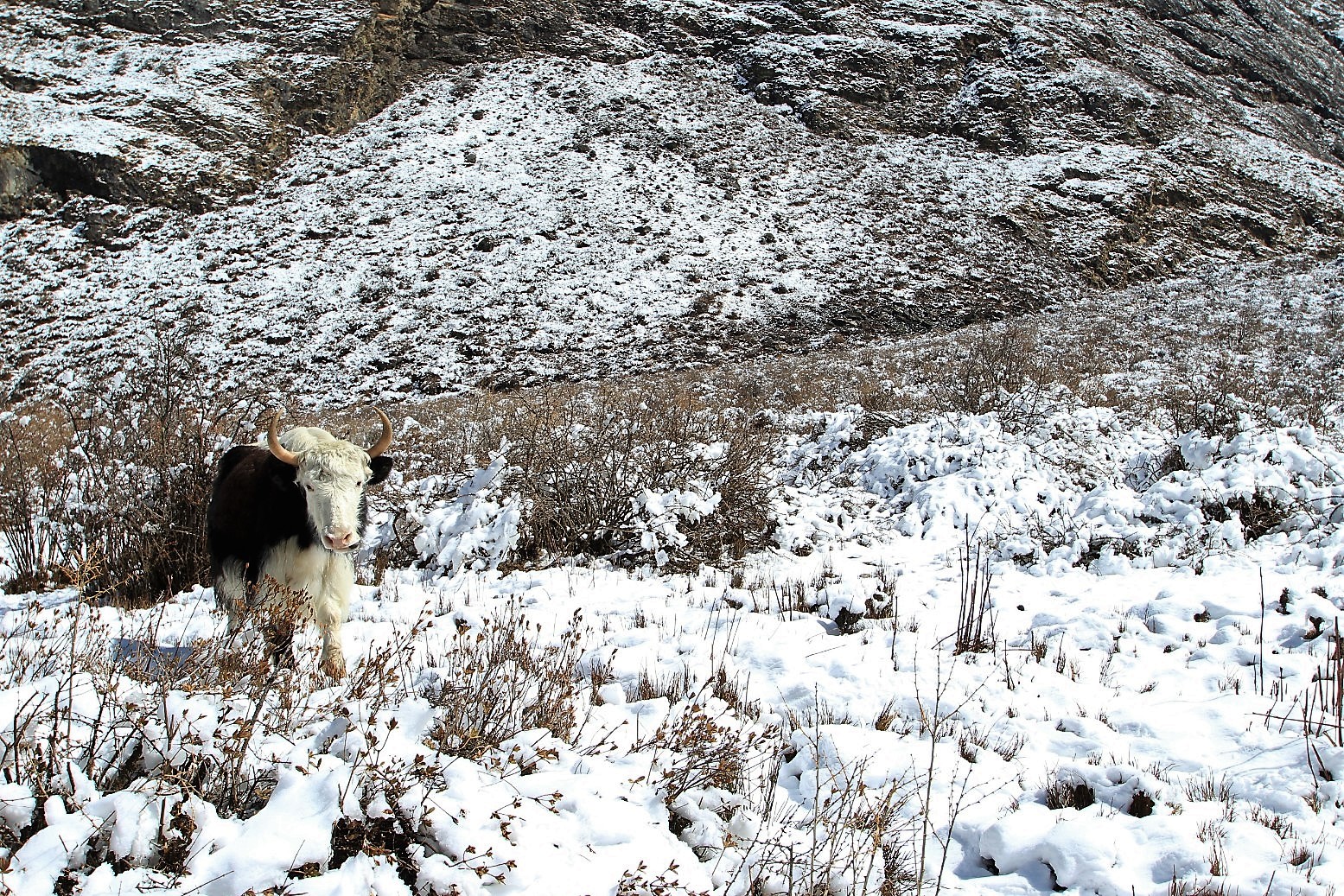Langtang Valley | Nepal | #LangtangIsOpen
/Have you ever been to a place or experienced something that completely changes the way you look at the world?
This post is published on the two-year anniversary of the 2015 earthquake, dedicated to those who died & those who lost loved ones in the April 2015 earthquake.
Panorama of Langtang Valley from Kyangin Ri
Back in the fall 2016, a good friend, Kevin, & I decided we were going to hike Nepal in March while Rachelle was off at yoga camp. We set off to hike the Langtang Valley, which ended up being one of the most challenging & eye opening experiences we have ever had.
Stepping back, let me explain the reasons we chose to hike the Langtang Valley in the first place. In Nepal there are many options for trekking, and while all amazing, some are more traveled like Annapurna or Everest Base Camp & some less traveled like Langtang or Mustang. We opted for the less trekked Langtang Valley as we wanted a more “real” Nepal experience & help support a community that was the most devastated by the earthquake.
At first, we were unsure we could even do the trek. If you read the latest Lonely Planet book (2016 edition) on trekking in Nepal, you would reconsider doing Langtang – which we did! Not giving up that easily, through some of our D.C. friends, we were introduced to someone who worked reconstruction in the area & has been there many times since the earthquake. He was fortunately able to set us straight & let us know Langtang was indeed open for business & could use trekkers more than ever to help the community rebuild. He introduced us to a local trekking company Tenjin Eco Trek run by locals from Langtang, Pasang Tamang & Chime Tamang, who got us hooked up with our guide Seraph Tamang (best guide in Langtang) & all logistics for the trek.
Left to Right: Me, Pasang (Founder Tenjin Eco Treks), Seraph (our guide), Kevin, Chimay (Manager Tenjin Eco Treks)
Tenjin Eco Trek was set up by Pasang after the 2015 earthquake in honor of his father, Tenjin, a well-known guide in Langtang who died in the earthquake, with the aim to give a portion of their proceeds to help rebuild the Langtang region & community.
The Langtang Valley Trek
The trek starts out in a small village called Syabrubesi (or Syafru besi, Shyafrubensi, or Syafru Besi depending on which sign you see). The trip to the village from Kathmandu, while only 38 miles, is six hours by shared “jeep” taxi with 9 of your new closest friends – a not so nice trip to say the least!
"Jeep" Taxi
Syabrubesi (1,460m) is the last stop for an ATM (which sometimes works), supplies, & cell service/Wi-Fi along the trek, as well as where the road ends (also one of the closest border towns to China). Syapru Besi is the point where all supplies to Langtang end their journey on truck & start their journey by porter or mule.
We set off the next morning ascending the river valley – the river we will follow all the way to the top! The ascent starts calmly, entering a lush forest full of cows, monkeys & the occasional mule train. Being a less traveled trek, we found ourselves hiking alone for many portions which provided a nice solace allowing us to enjoy the natural views & experience what the Langtang Valley has to offer. Blessed with beautiful blue skies (apparently a norm for Langtang), we could view the seemingly endless peaks from the valley below.
After a night in Llama Hotel (2,450m) with some of the nicest people we have ever met, we continued up the river valley towards Langtang.
The trek continued to provide amazing sights of the mountains & allowed some of our first views of Langtang Ri (7,205m). The continued steep ascent to our night in Mundu, at 3,550m & just past Langtang, was one of the tougher days as we continued to acclimate to the sharp increase in altitude.
As we hiked towards Langtang Village, Kevin & I looked at the village on the Maps.me application (pro tip: this is a critical application for trekking Nepal), & noticed a hospital, school, memorial & many other buildings. We seriously wondered if we can look through town & why we are not staying in Langtang versus just past in Mundu.
Maps.Me screenshot of Langtang Village
After about 4-5 hours of hiking uphill, we crested a hill to Langtang & immediately had one of those surreal “oh my god” moments…
The Langtang Village was completely destroyed.
The April 2015 Earthquake
A 7.8 magnitude earthquake struck the region on 25 April 2015 just before noon triggering the worst natural disaster to hit Nepal since the 1934 Nepal-Bihar Earthquake. Nearly 9,000 people died, 22,000 injured, & nearly $10 Billion in damage, which is roughly 50% of Nepal’s GDP. Being such a small country, every person here was either related to or knew somebody severely affected by the earthquake. Kathmandu was hit hard, being close to the earthquake damaging many homes & UNESCO-protected sites like Durbar Square.
Langtang Valley, however, was closest proximity to the epicenter & felt the earthquake damage the most. The earthquake killed 329 people in the Langtang Valley, approximately 60 foreigners & the rest locals – a huge tally for a village of approximately 600. Of those still in the village, there was said to be 14 survivors from the landslide/avalanche said to be 2-3 kilometers wide. Our guide lost both his oldest sister & daughter, his only child.
Nothing can prepare you for the feeling you get standing on top of the landslide area knowing that an entire village was underneath your feet with nothing left standing. It is the kind of feeling where your gut sinks so fast you can hardly breathe while you attempt to comprehend the devastation of an entire village – gone.
Langtang Earthquake Memorial
The Earthquake Rebuild
Over the past two years, a handful of NGOs, such as Samaritan's Purse, OM Nepal, Rasuwa Relief to name a few, have assisted in rebuilding the region & opening it for trekking. Given that it is a two-day hike from the nearest road, the rebuild has been difficult, but the progress is astounding. Tea houses have been repaired or built new, many in various locations & the trekking route is completely restored, ready & waiting for trekkers to come & experience the town.
Funding is a challenge for the rebuild. Our fourth night, we sat around a small fire in Kyangin Gomba at Dorji Bakery (the best bakery ever & a must visit), thunder snow crashed outside & we talked with Lhakpa, the owner & community leader, about the rebuild. Because of various changes in government & bureaucracy, none of the government relief money has made it to anybody in the village – all the rebuild money has come from various NGOs & private donors (much from families of the tourist who were killed & other trekkers). The other challenge is transport; approximately 80% of rebuild funding goes to transport as everything must be transported by porter, mule, or a much more expensive helicopter drop.
Given everything that happened from the earthquake, & the challenges to reconstruct Langtang, the people of Langtang are some of the most positive people I have met & dedicated to doing good. The tenacity & drive to rebuild is more than commendable & you can feel the energy talking with everybody in the villages on the trek.
Why to go to Langtang Now?!
Trekking the Langtang Region & using a local company is the best way outside of direct donations to channel funding to the rebuild of Langtang.
The Summits
Our local guide, Seraph, guided us up Kyangin Ri (4773m) & Tserko Ri (4984m), which proved to be some of the most difficult & rewarding summits we have ever done. While less elevation than you would get on the Everest Base Camp or Annapurna Circuit, the ascent is more natural & more difficult; adding to it when we went, the path was covered in snow at the top making it even more challenging. The summit views, however, were magnificent offering 360 degree panoramas of peak after peak to include Langtang Ri & peaks in Tibet.
The Wildlife & Views
Langtang Valley offers some spectacular views & wildlife that many of the other treks cannot & with only 10% of the trekkers of Annapurna, you get seclusion that allows you to experience the nature & realness of Nepal. The river valley, high peaks, forests, & people make Langtang a truly special place.
I cannot stress enough, though, that if you do go, use a guide – moreover, use a LOCAL guide which directly contributes to the support & rebuild of a community full of the nicest & most generous people in the world. Our guide spoke 5 languages and showed us around the place he called home – we even visited his own home and had tea with his sister and aunt. The truly local experience made the trip special for us and I hope to return to the valley someday to see the continued progress and rebuild of the Langtang Valley.








